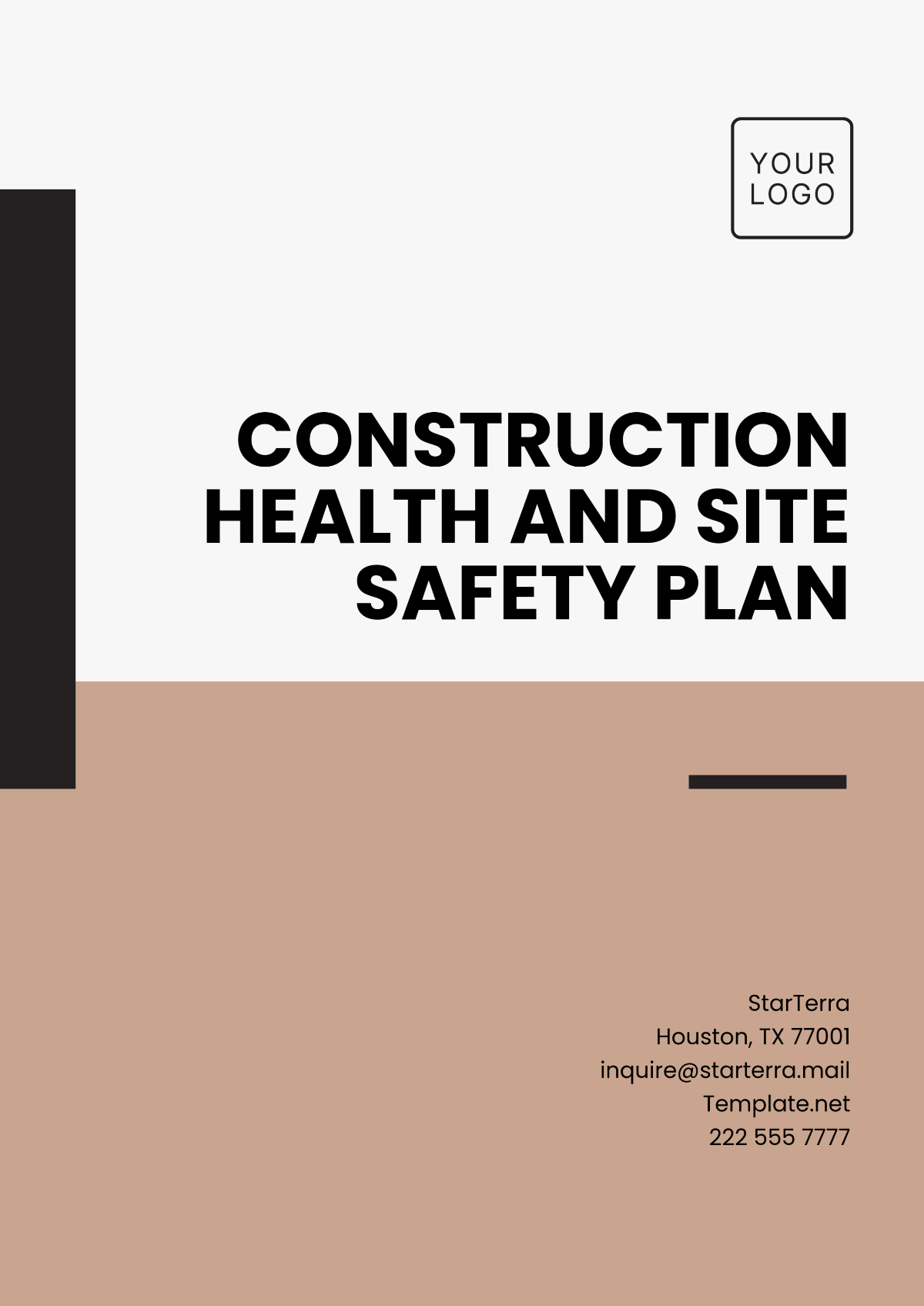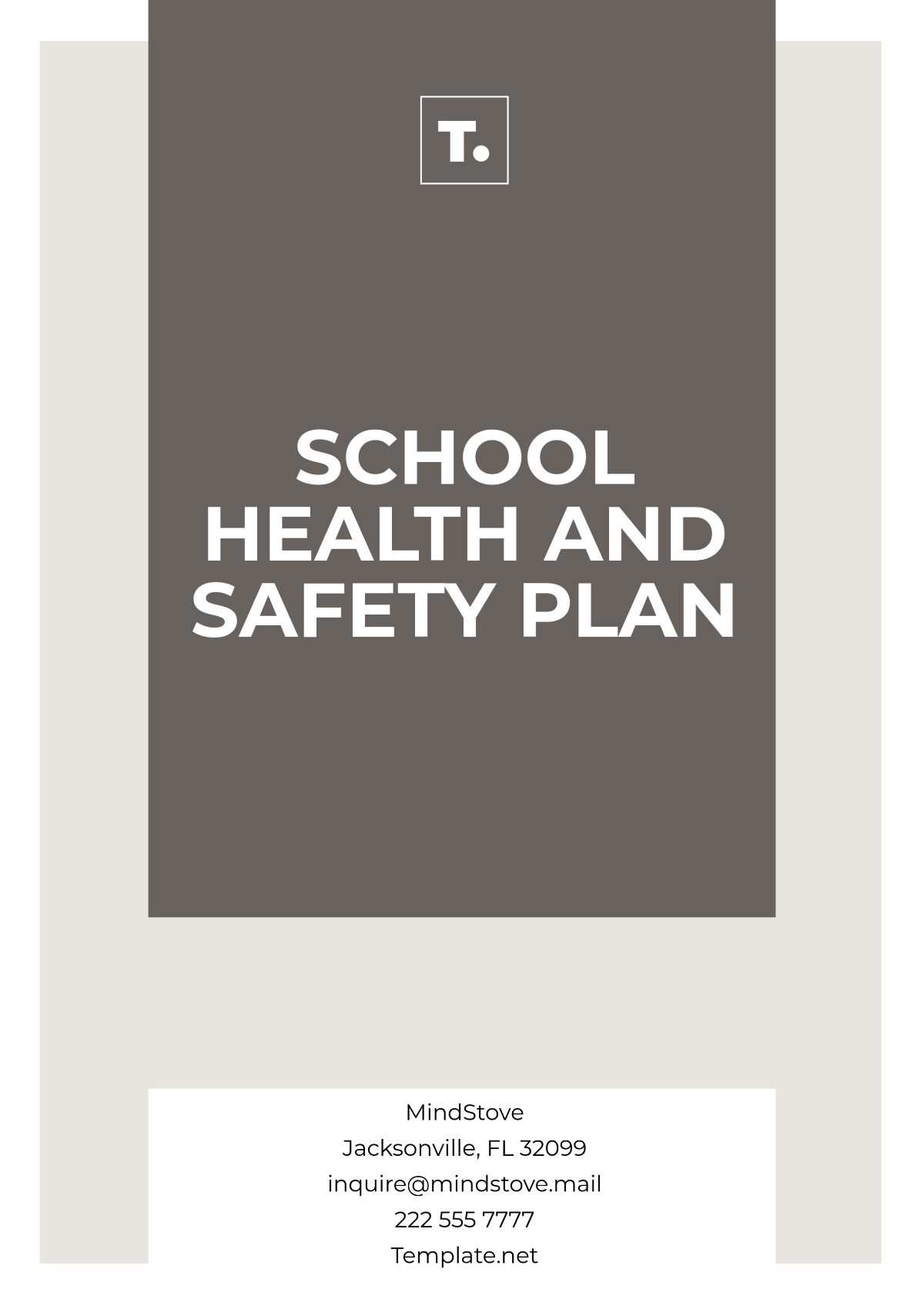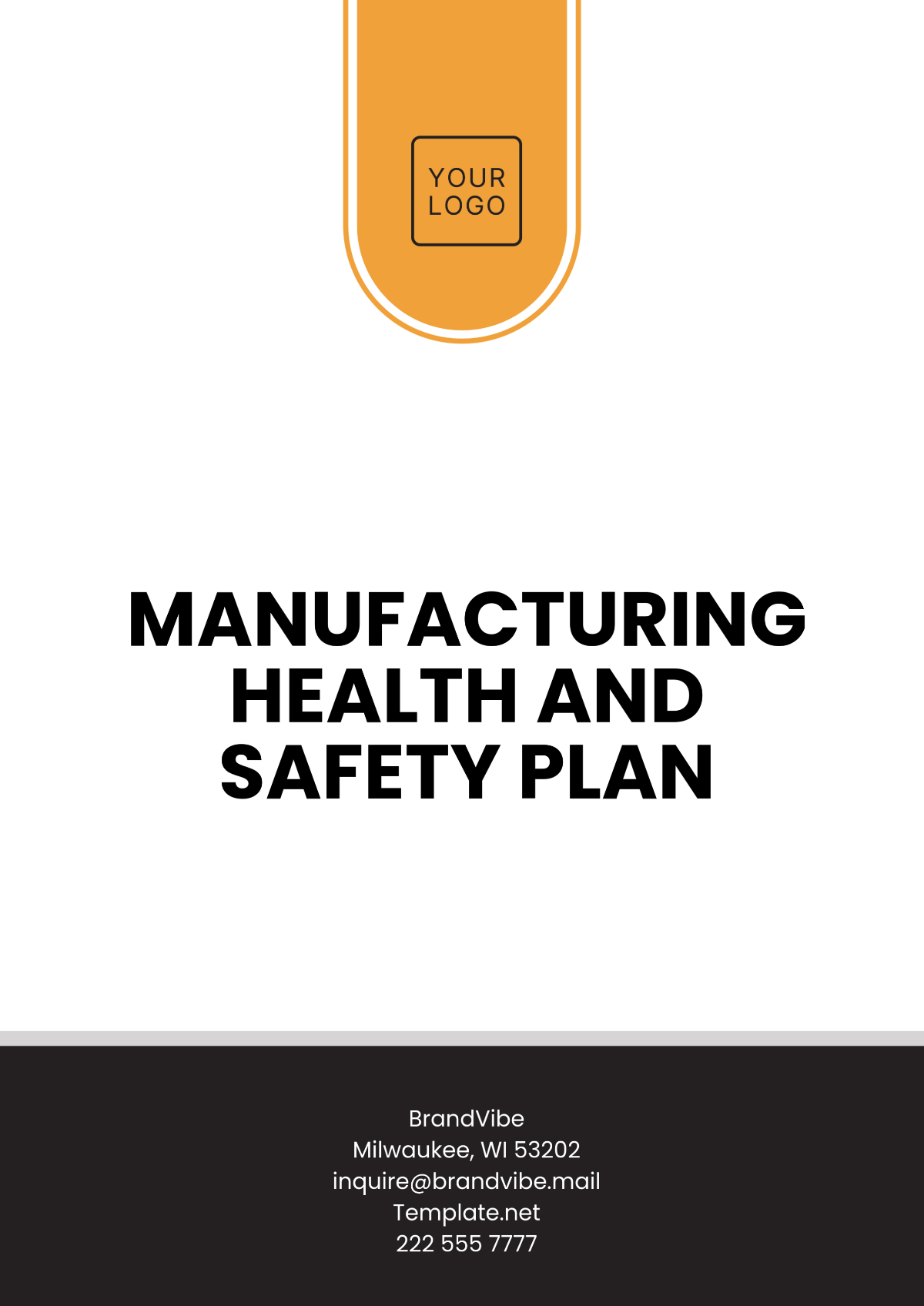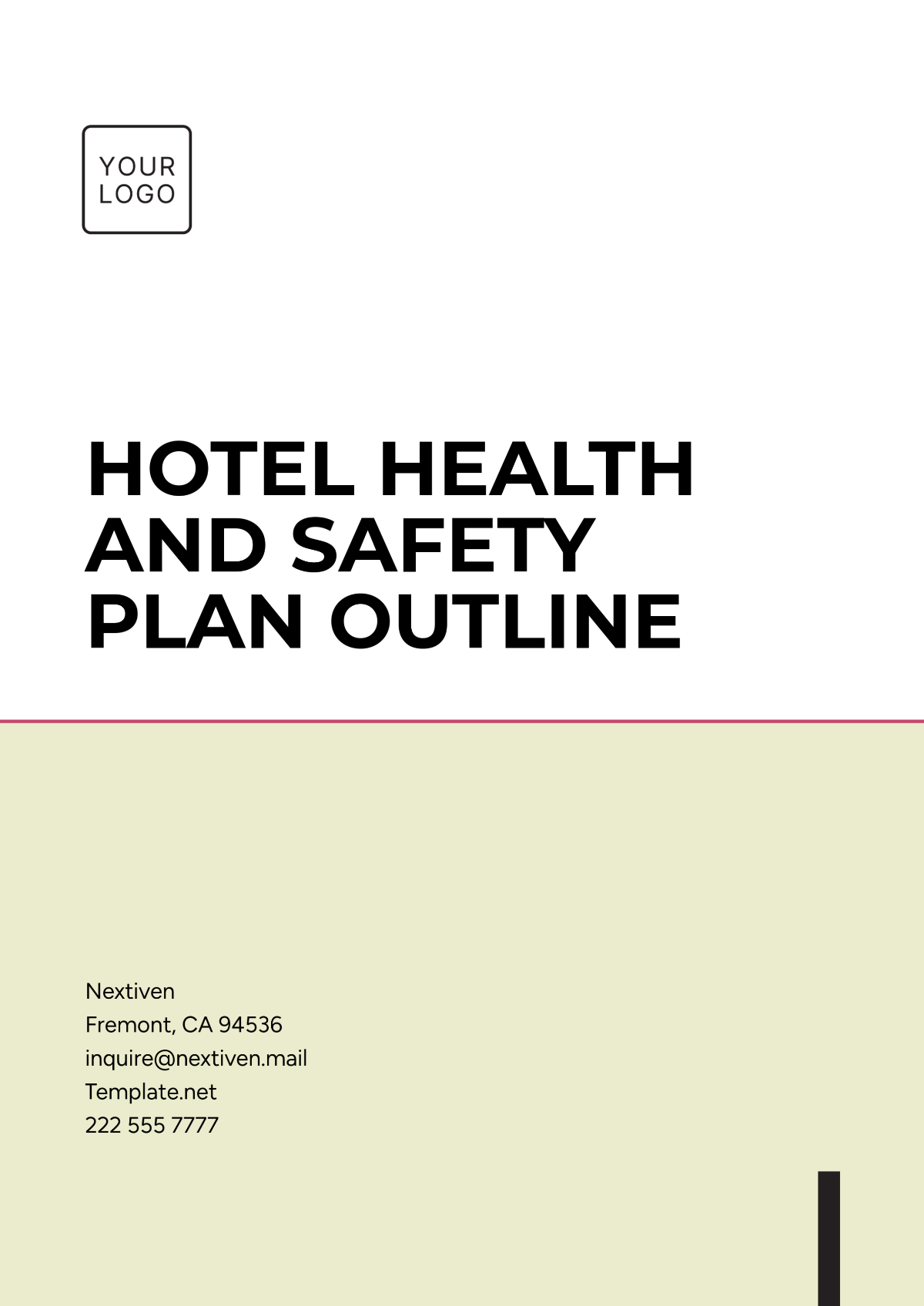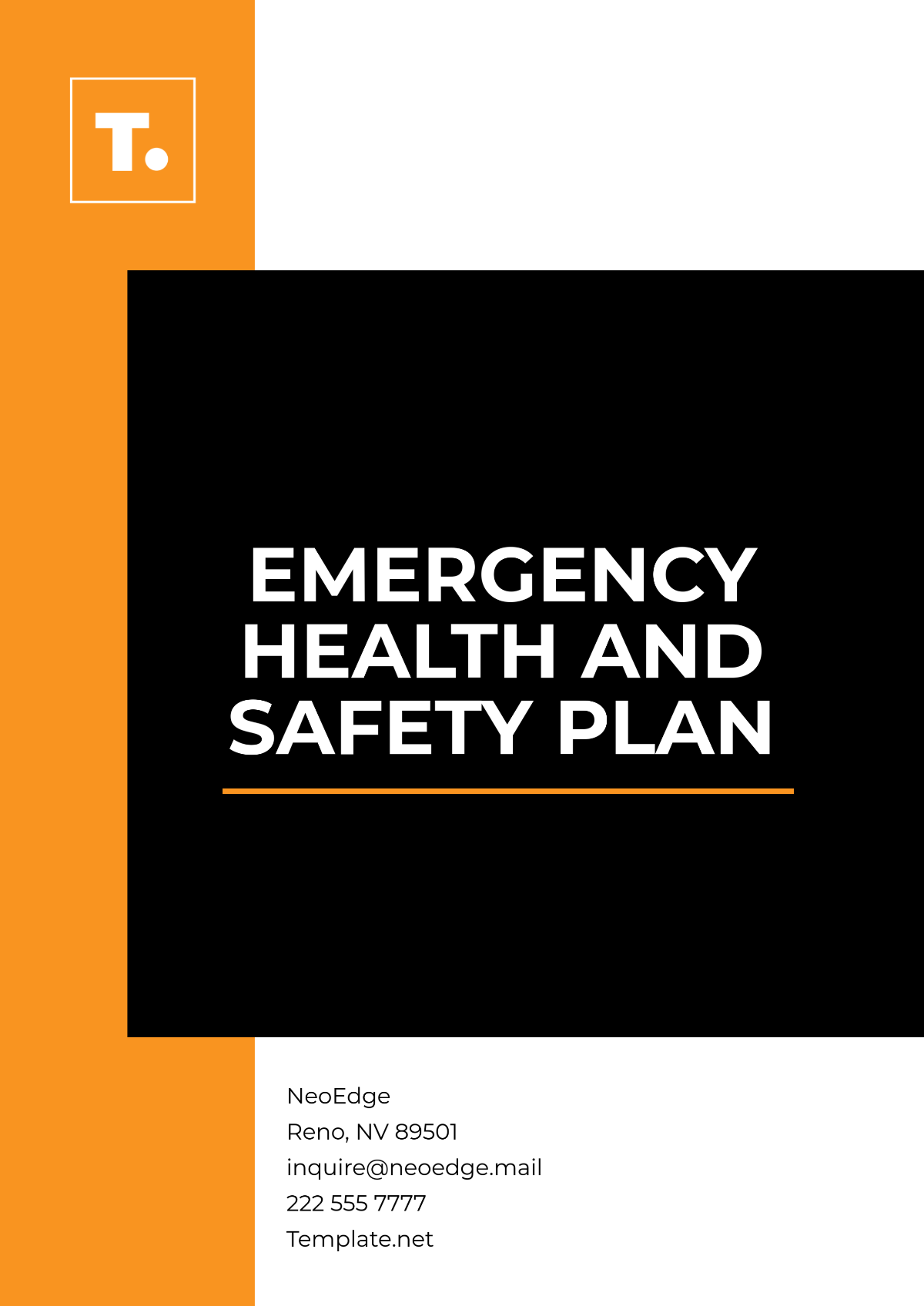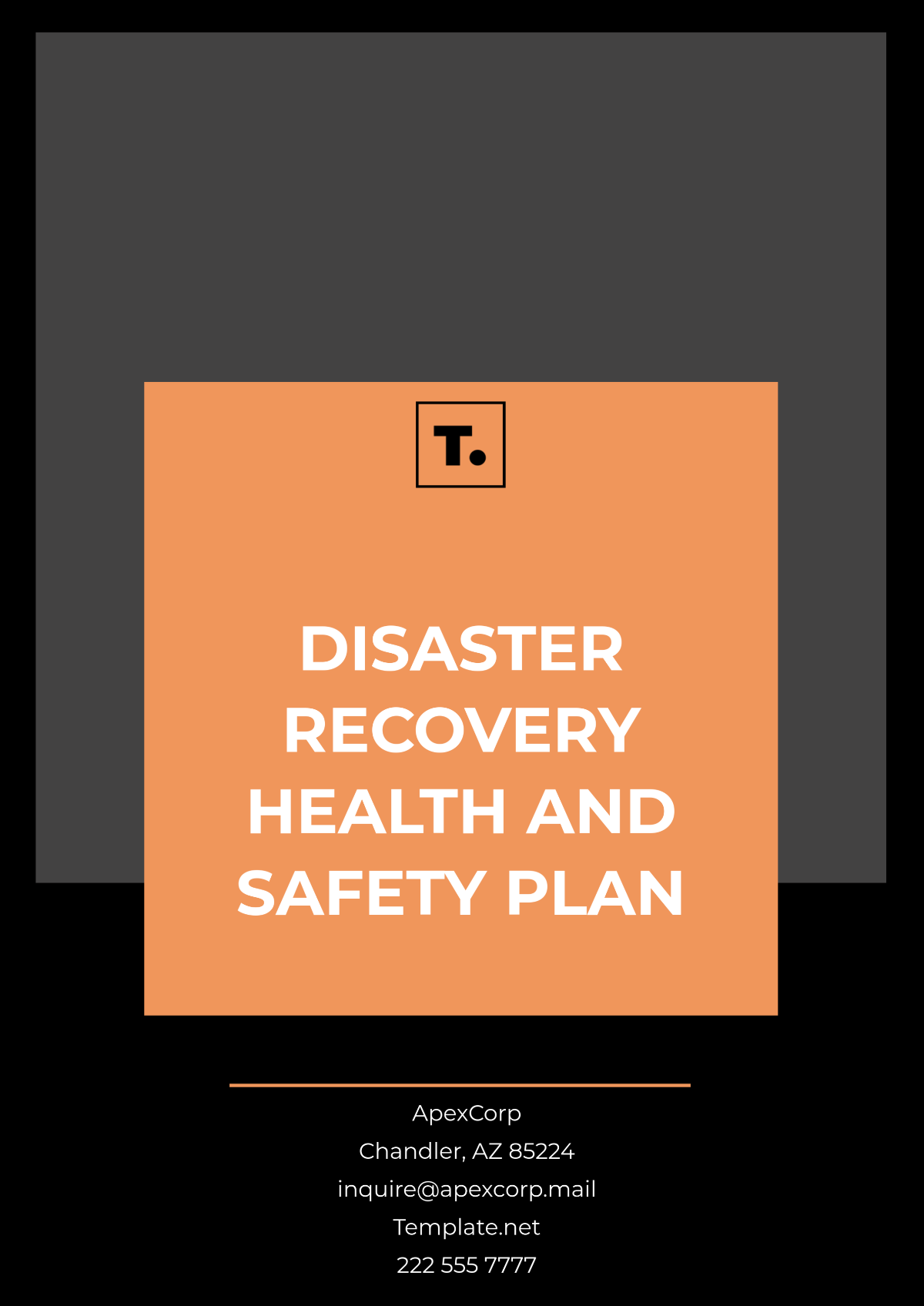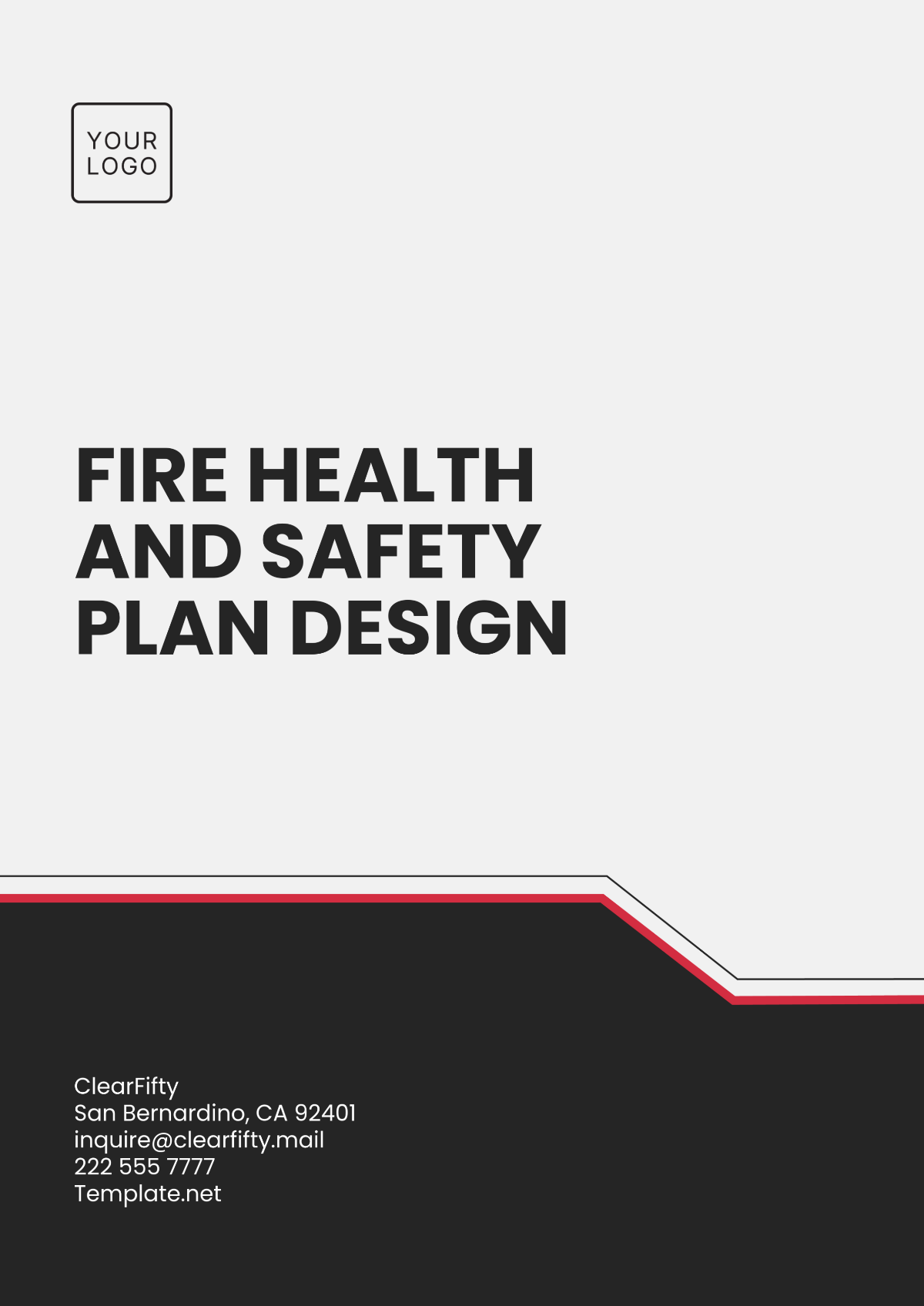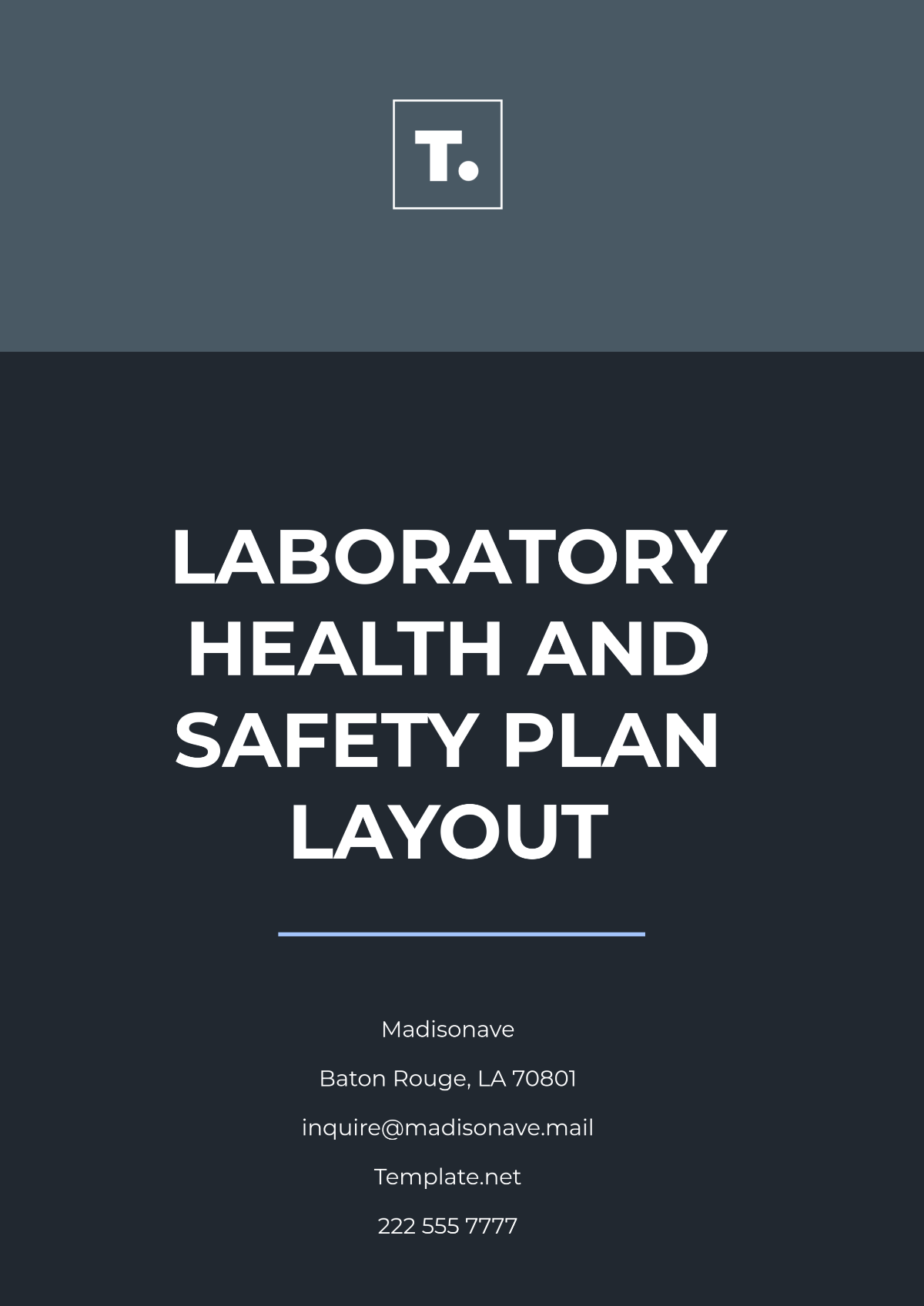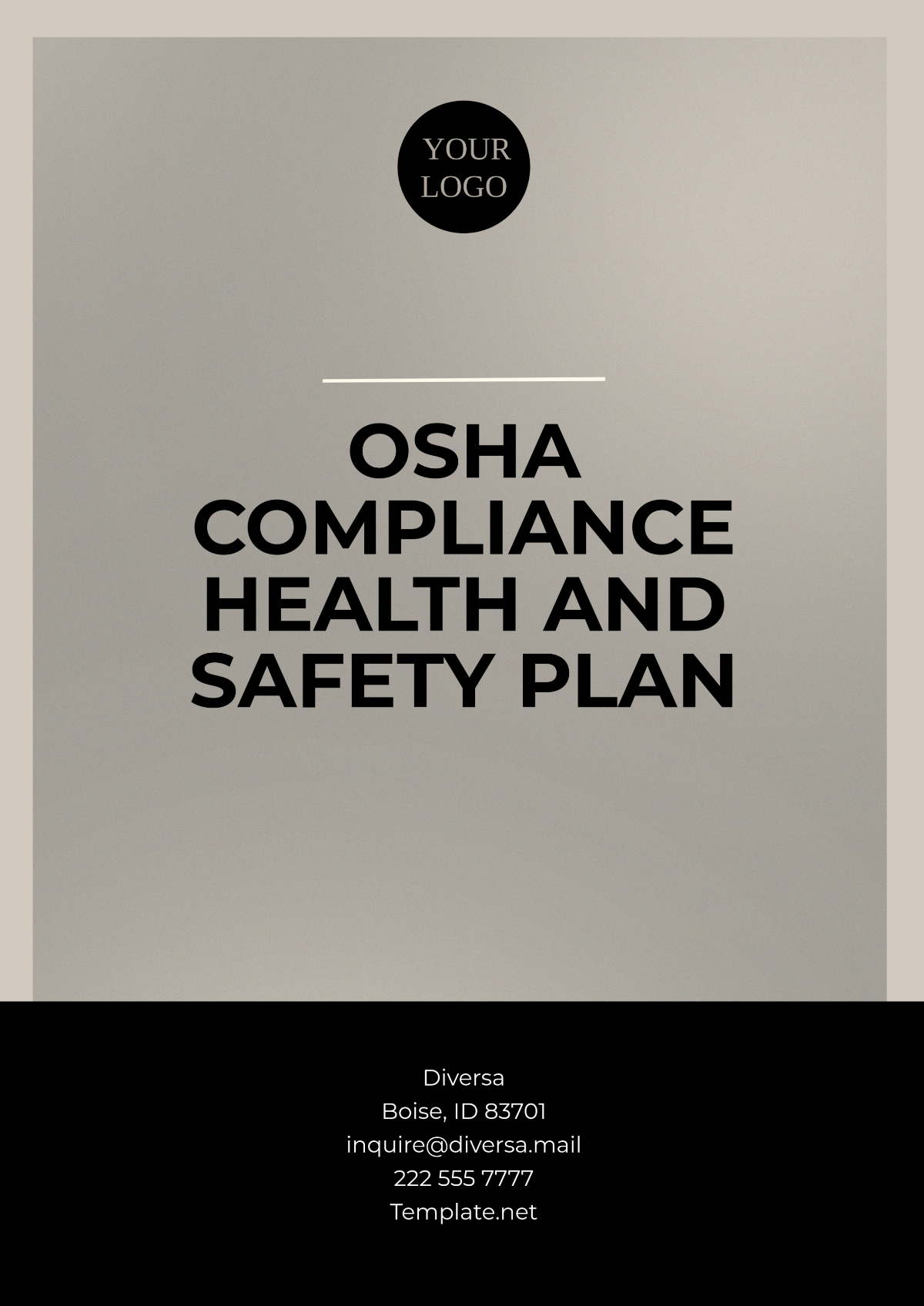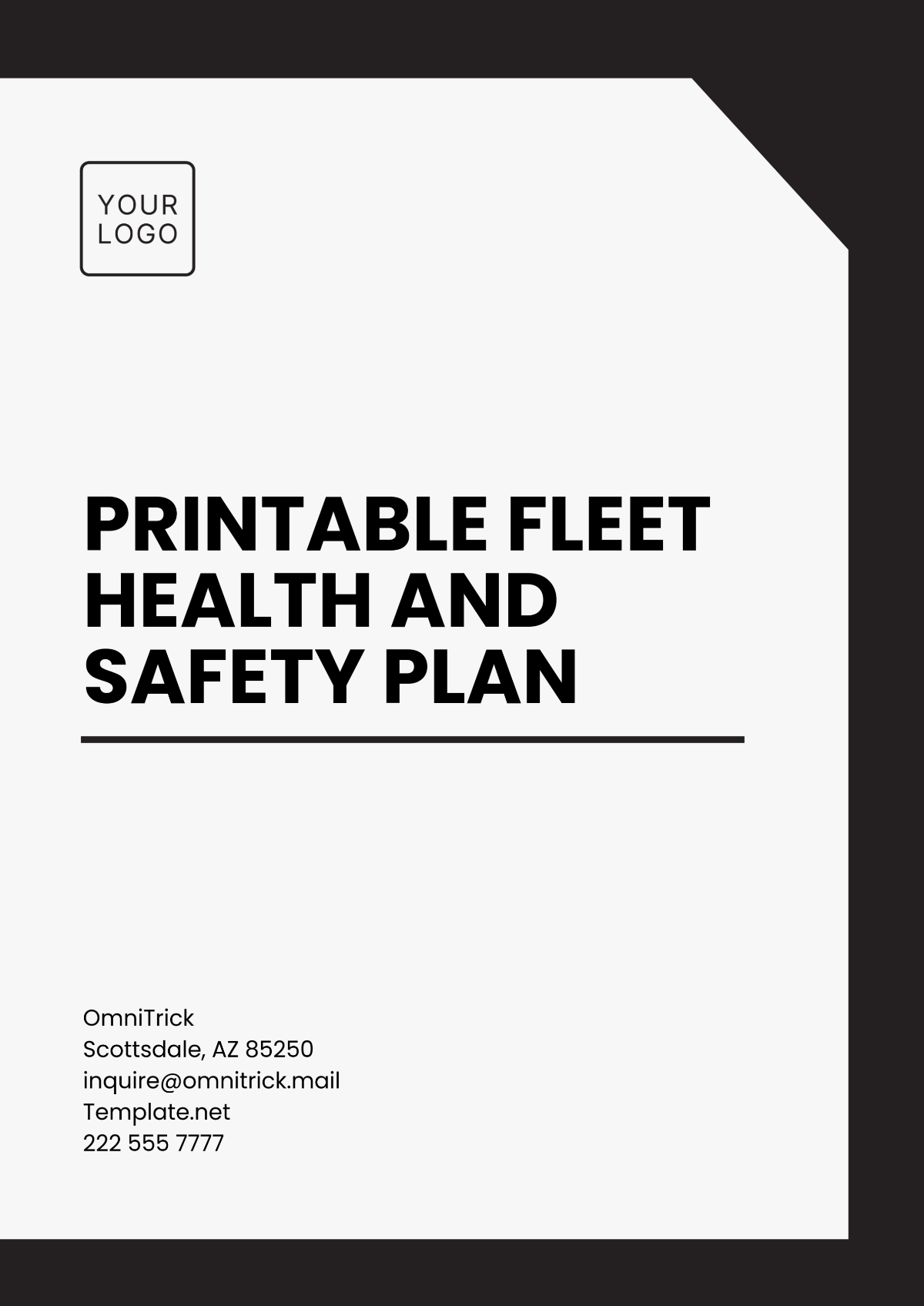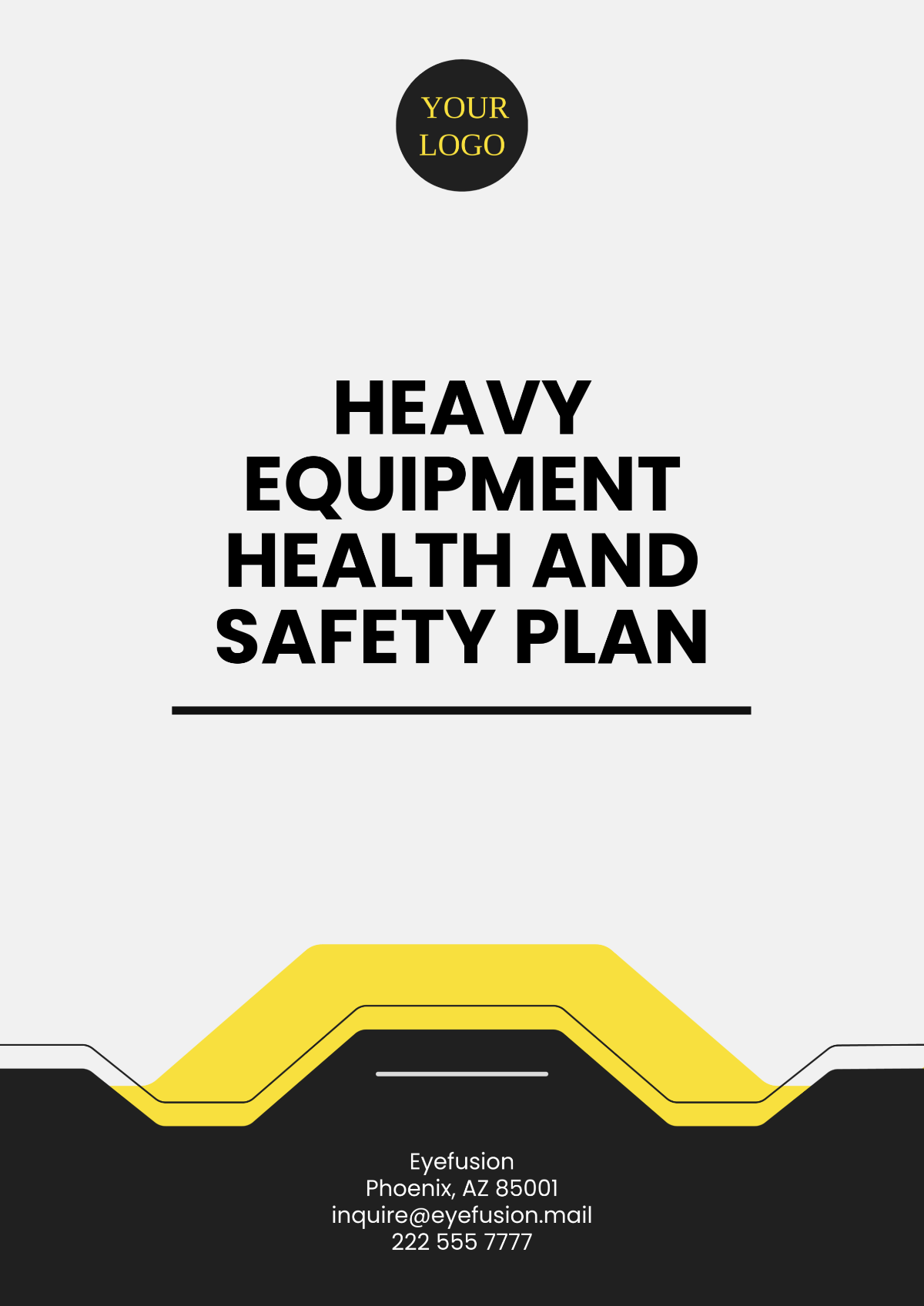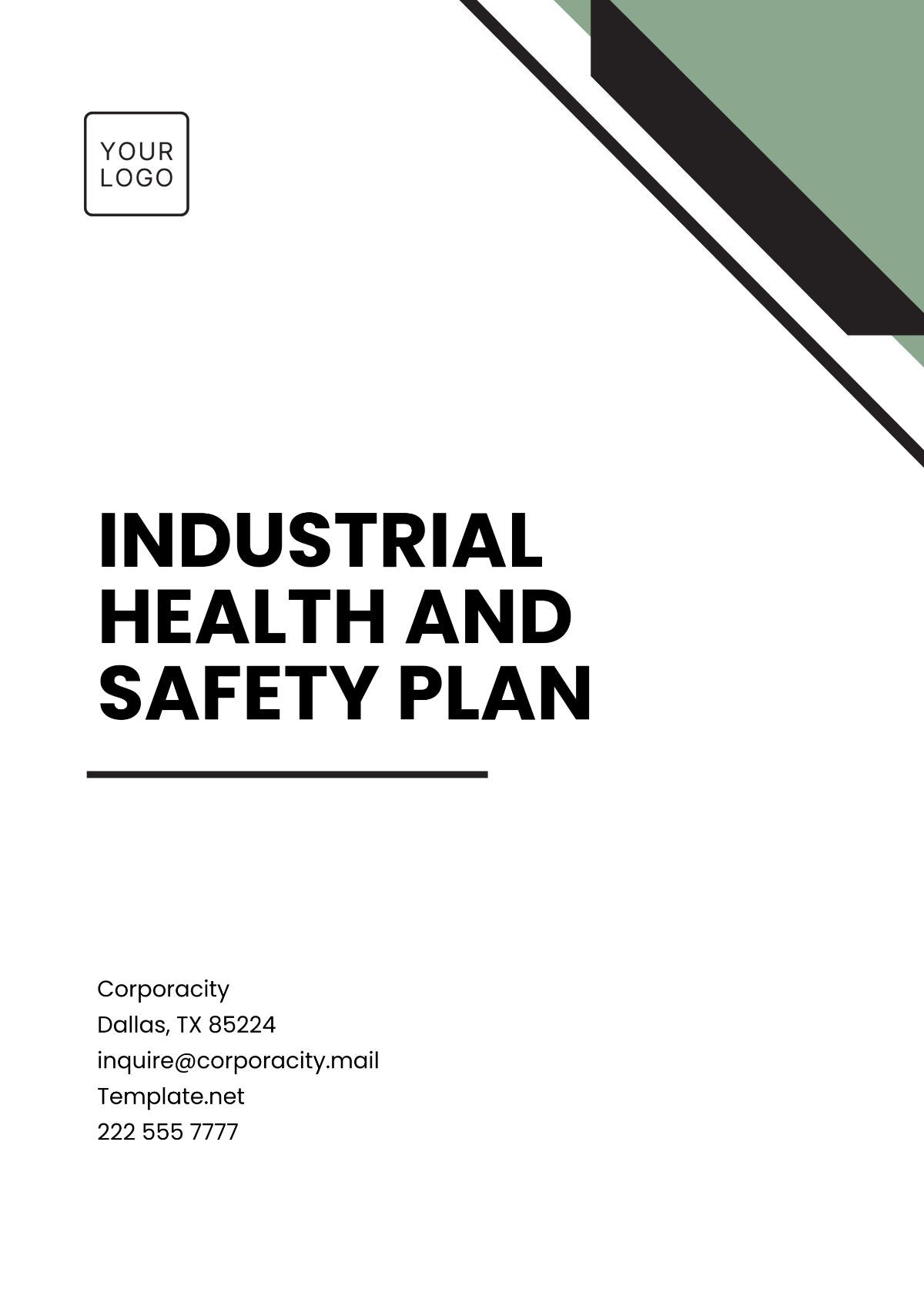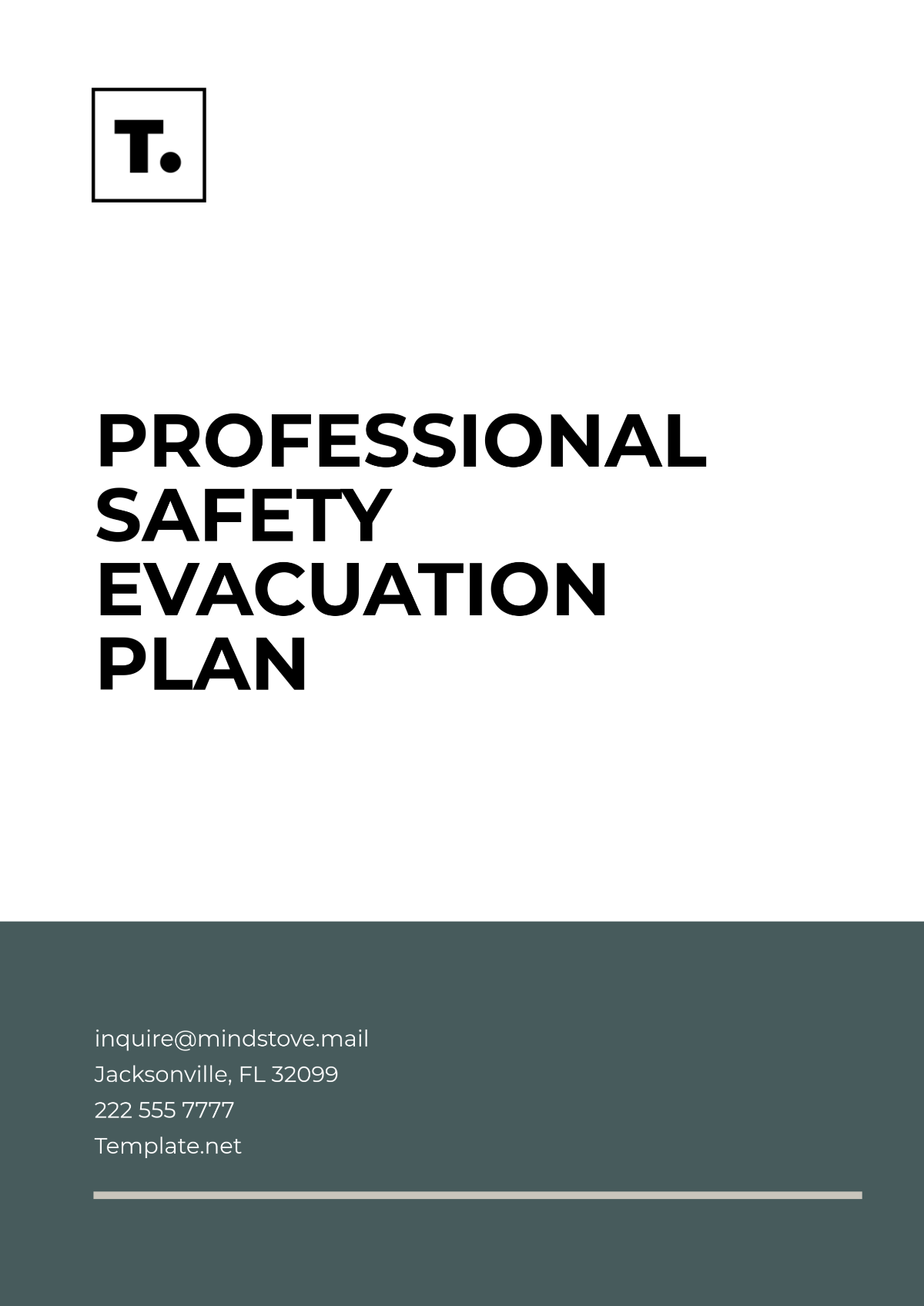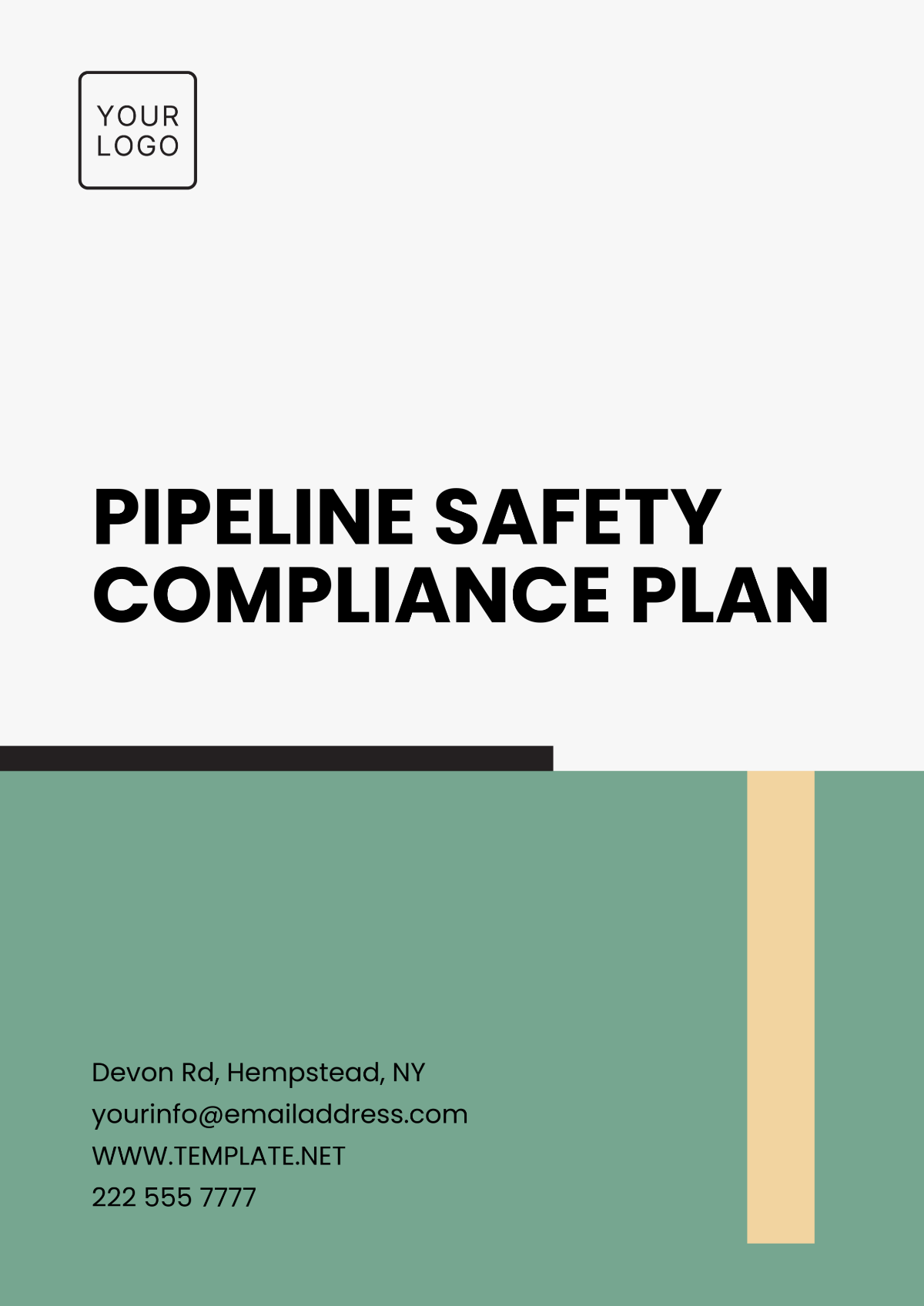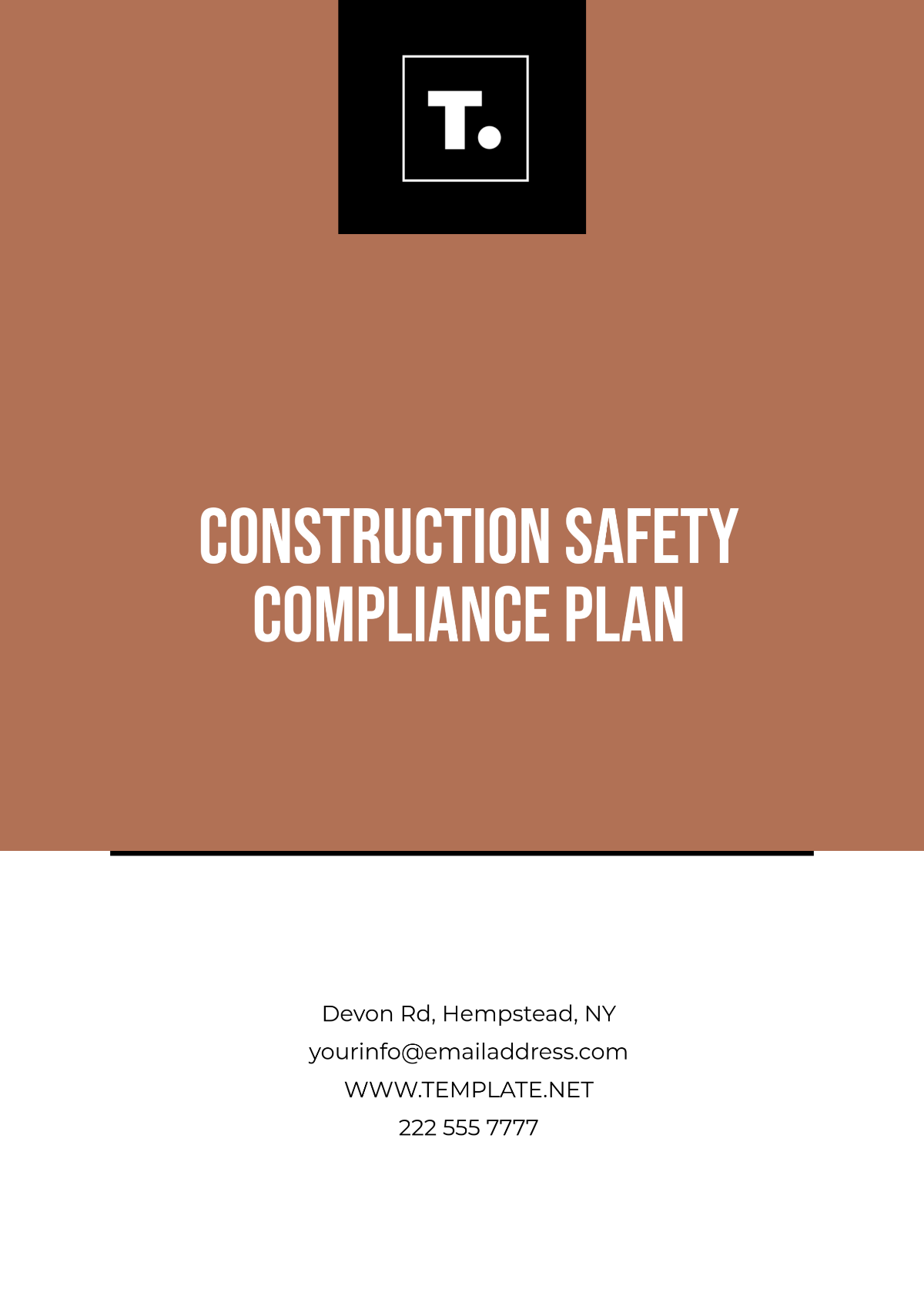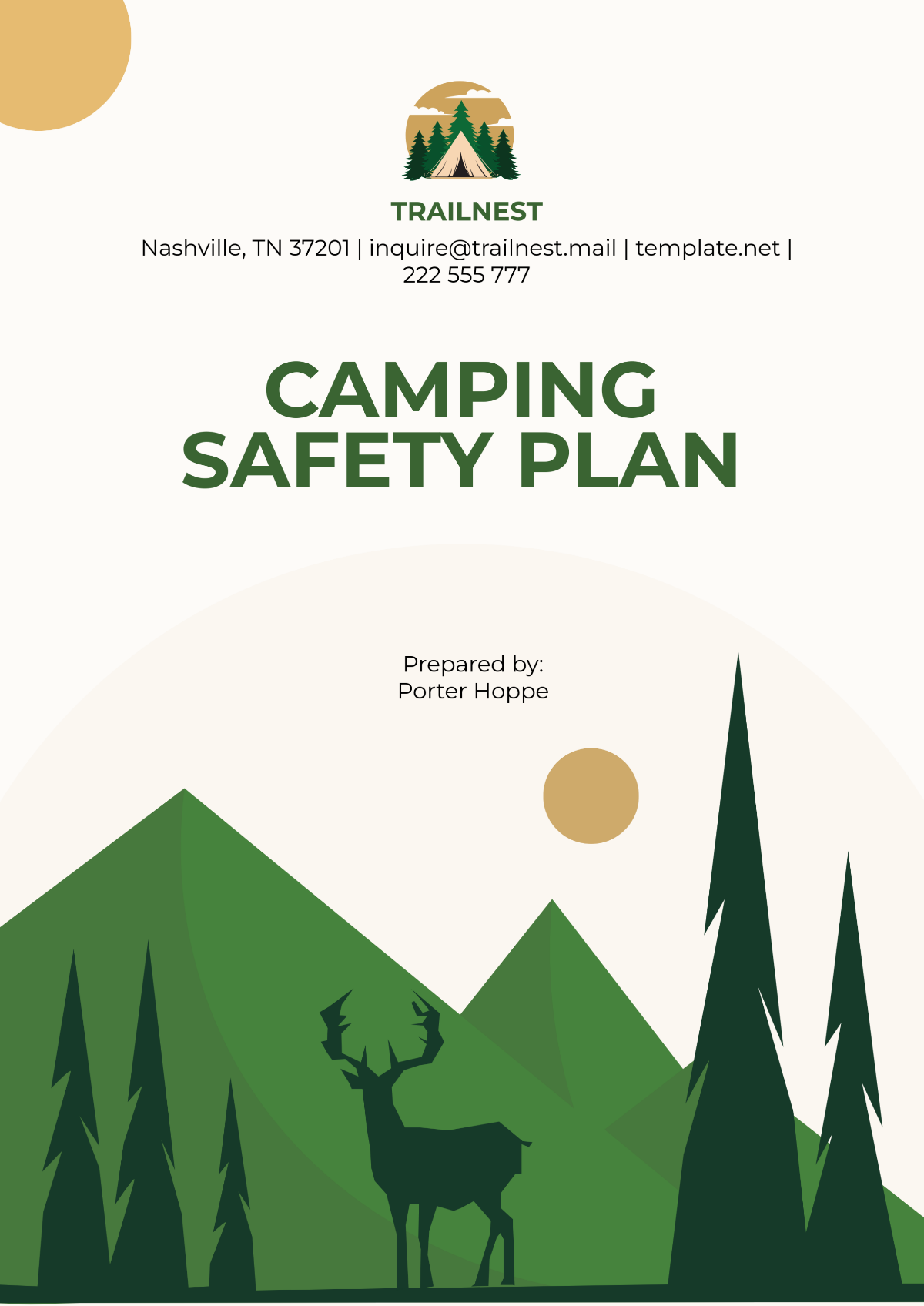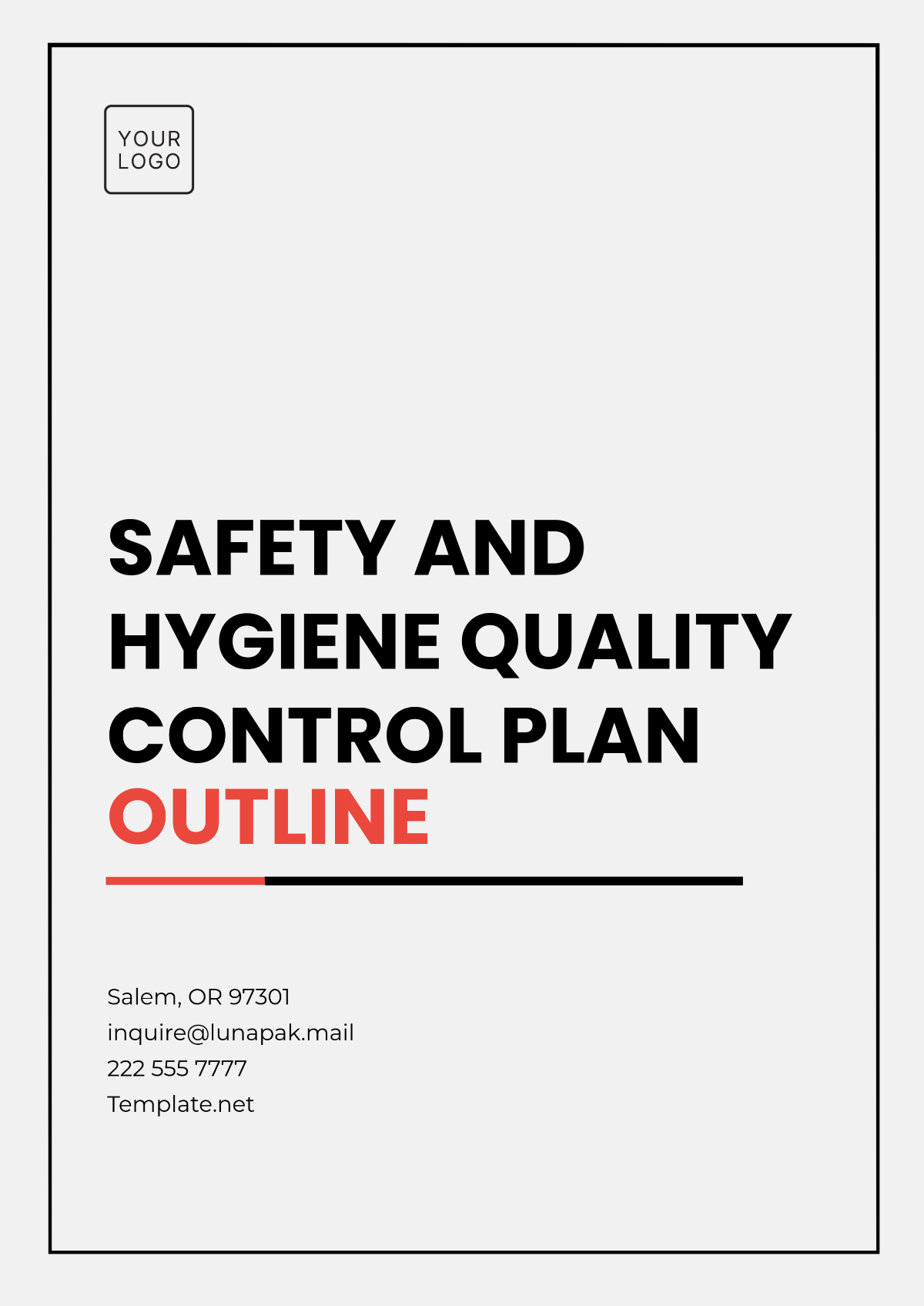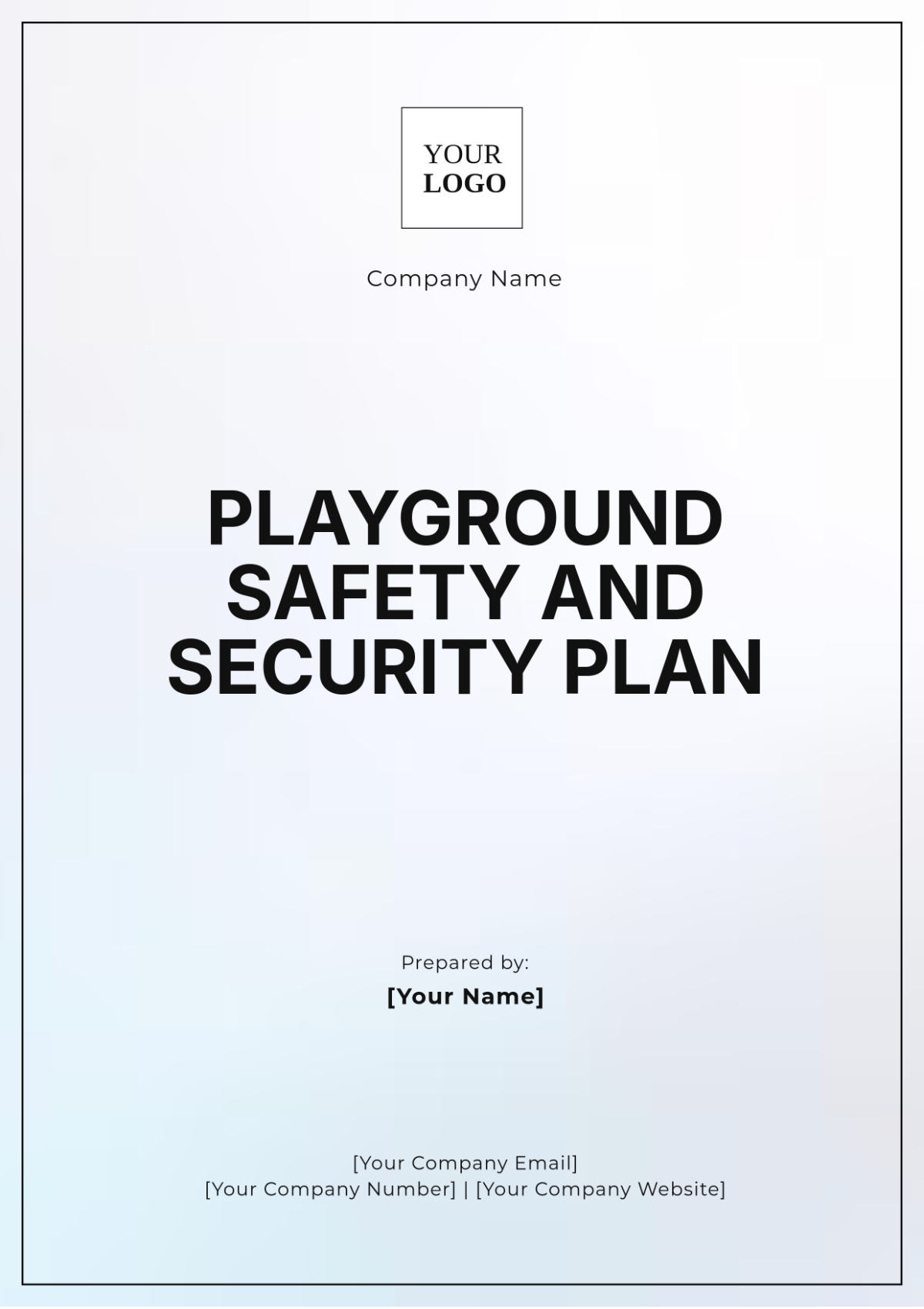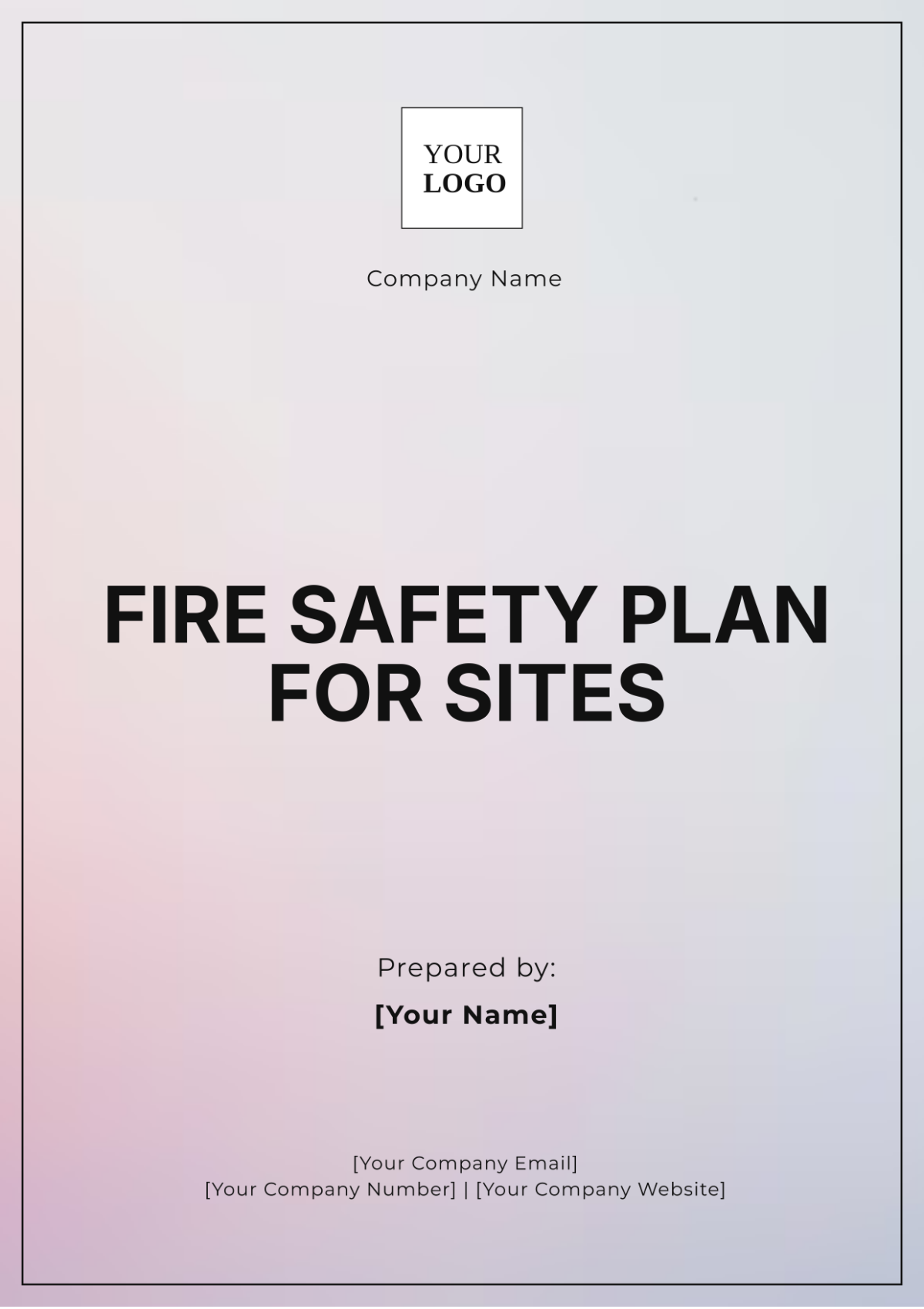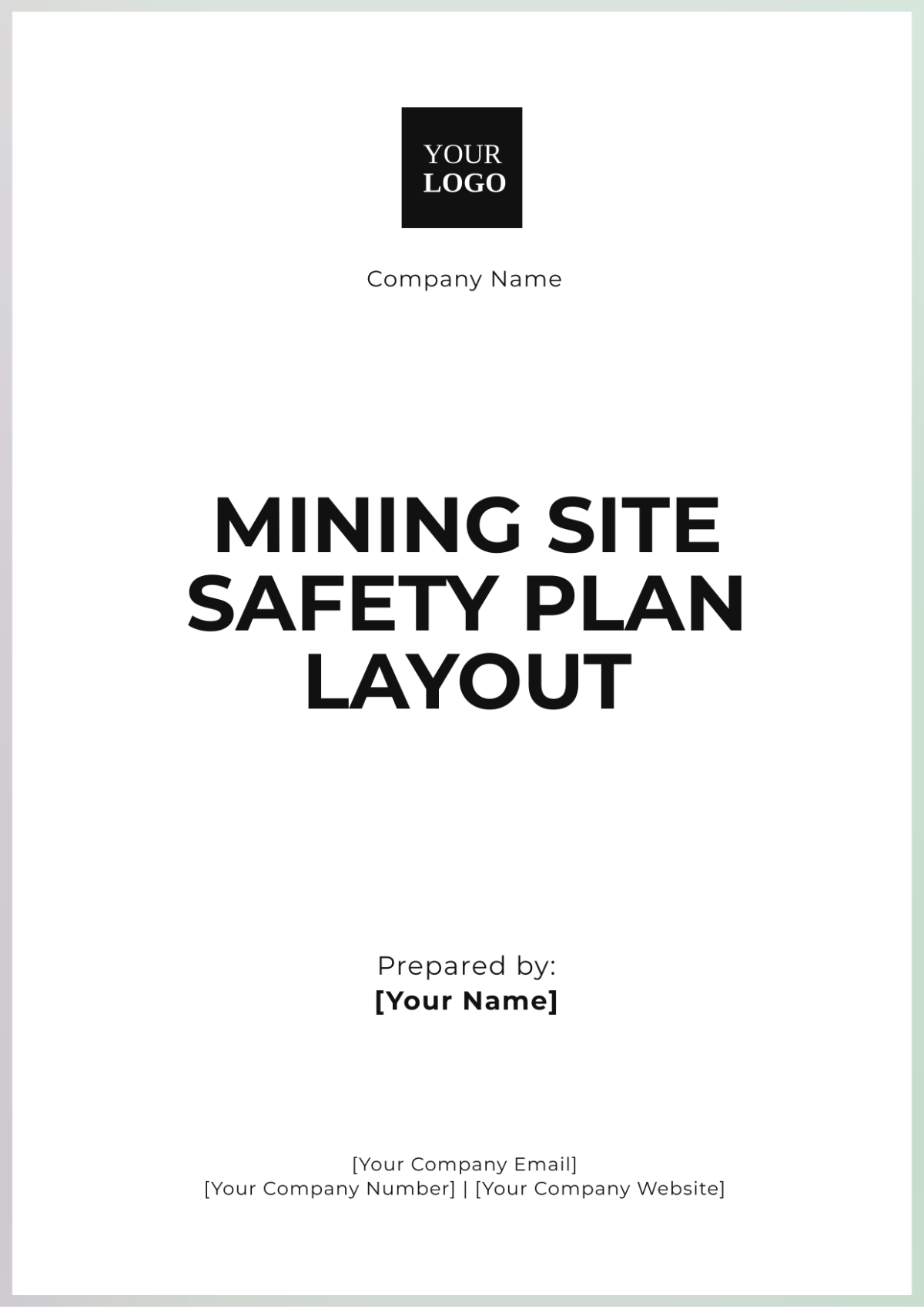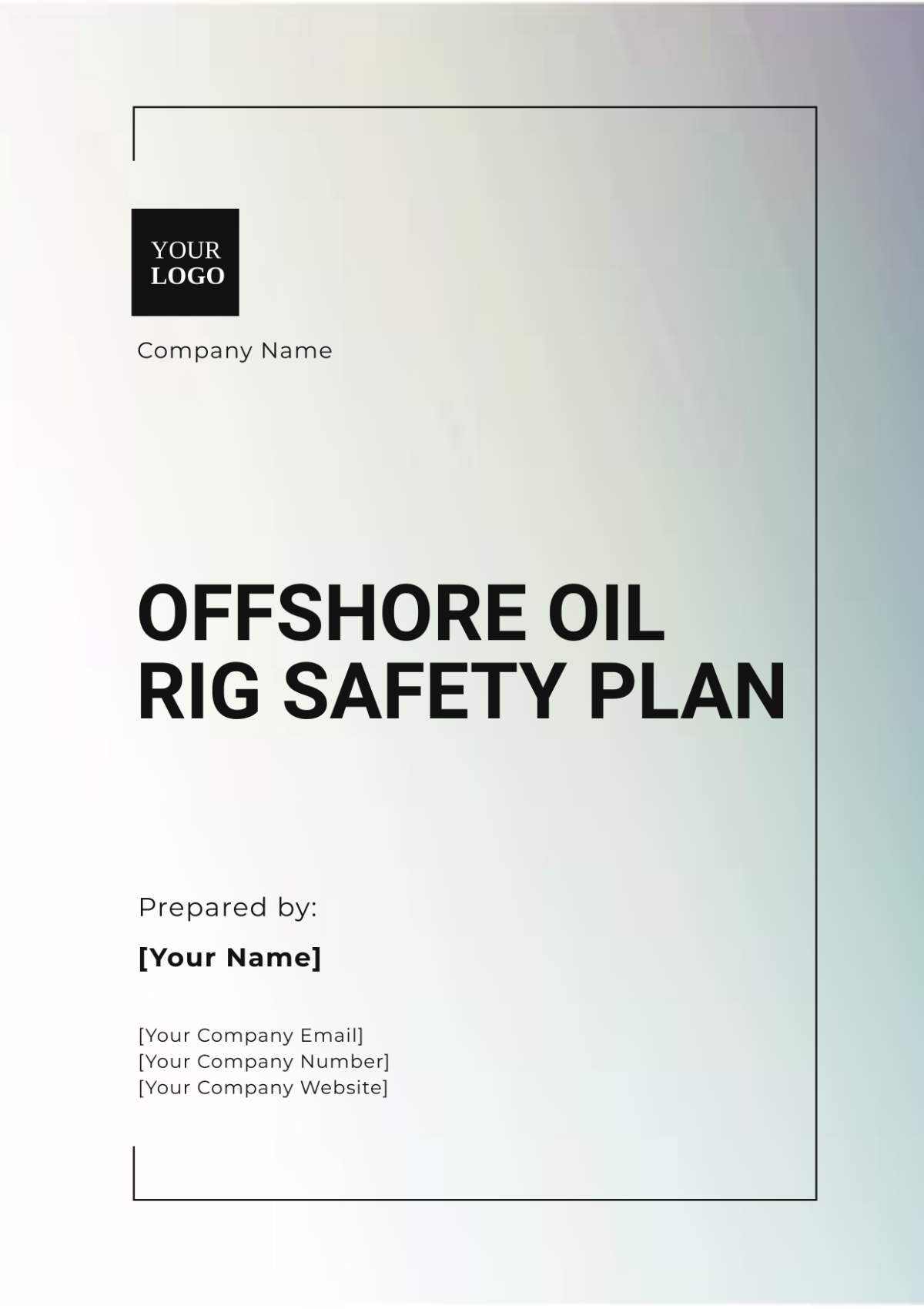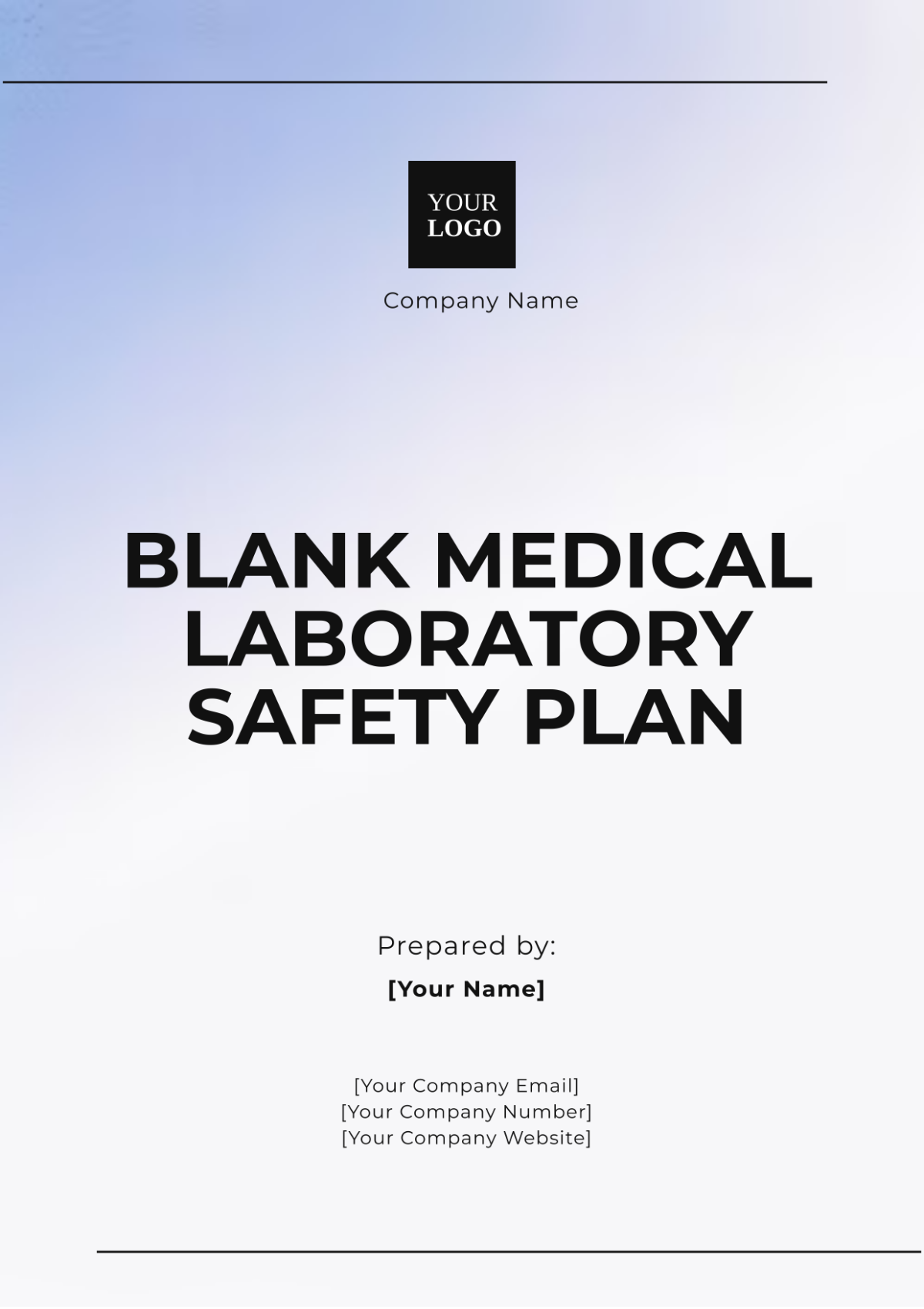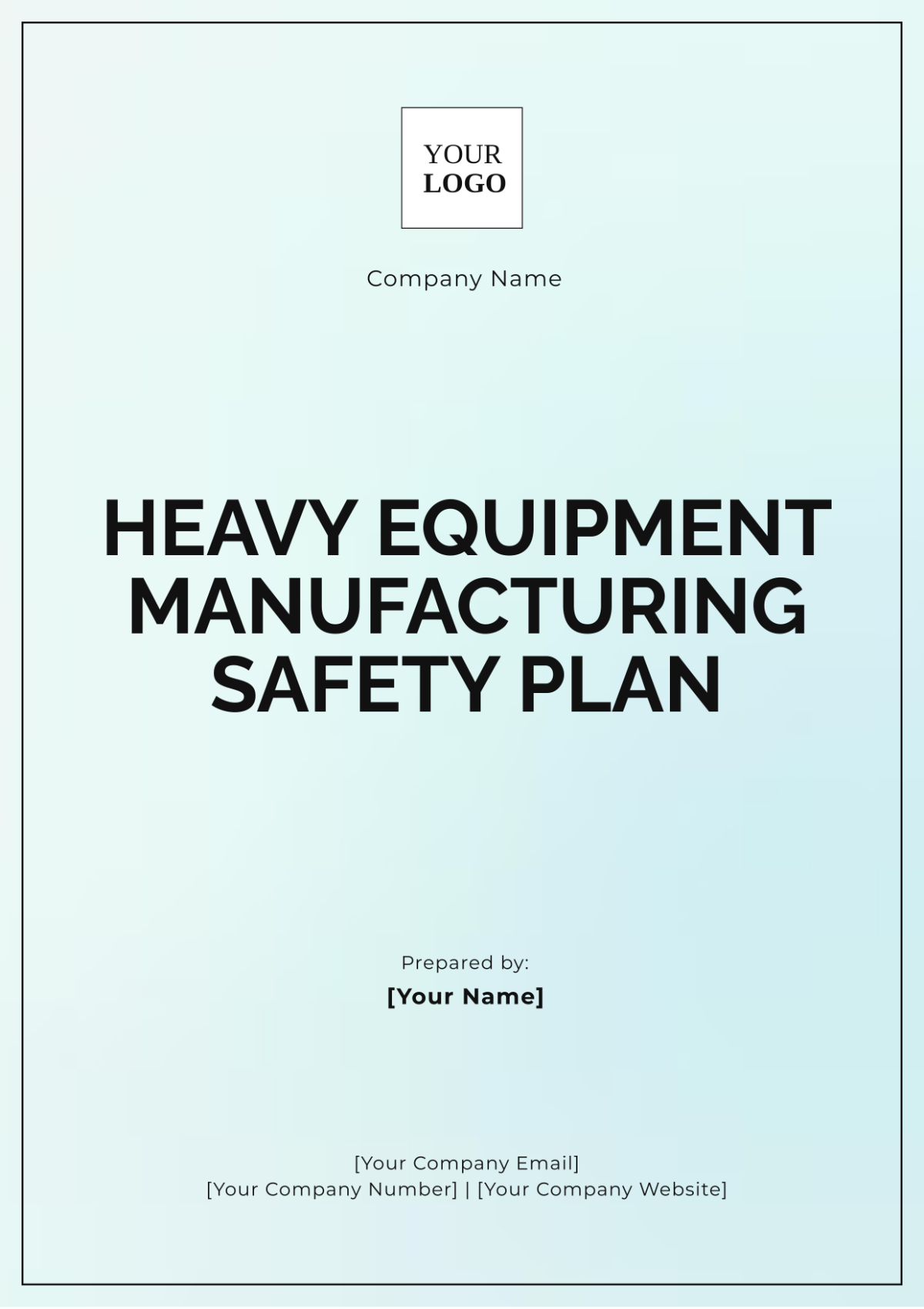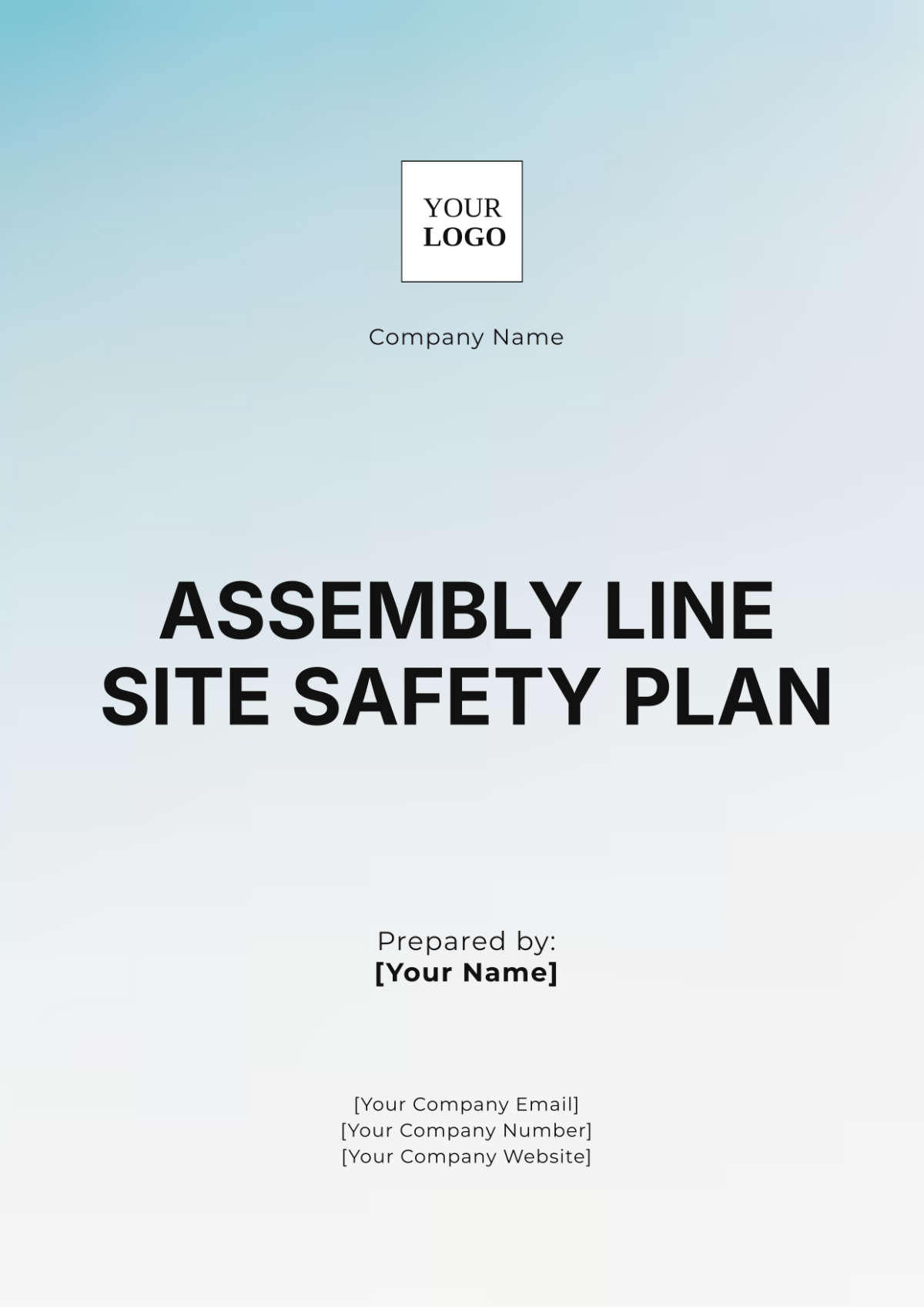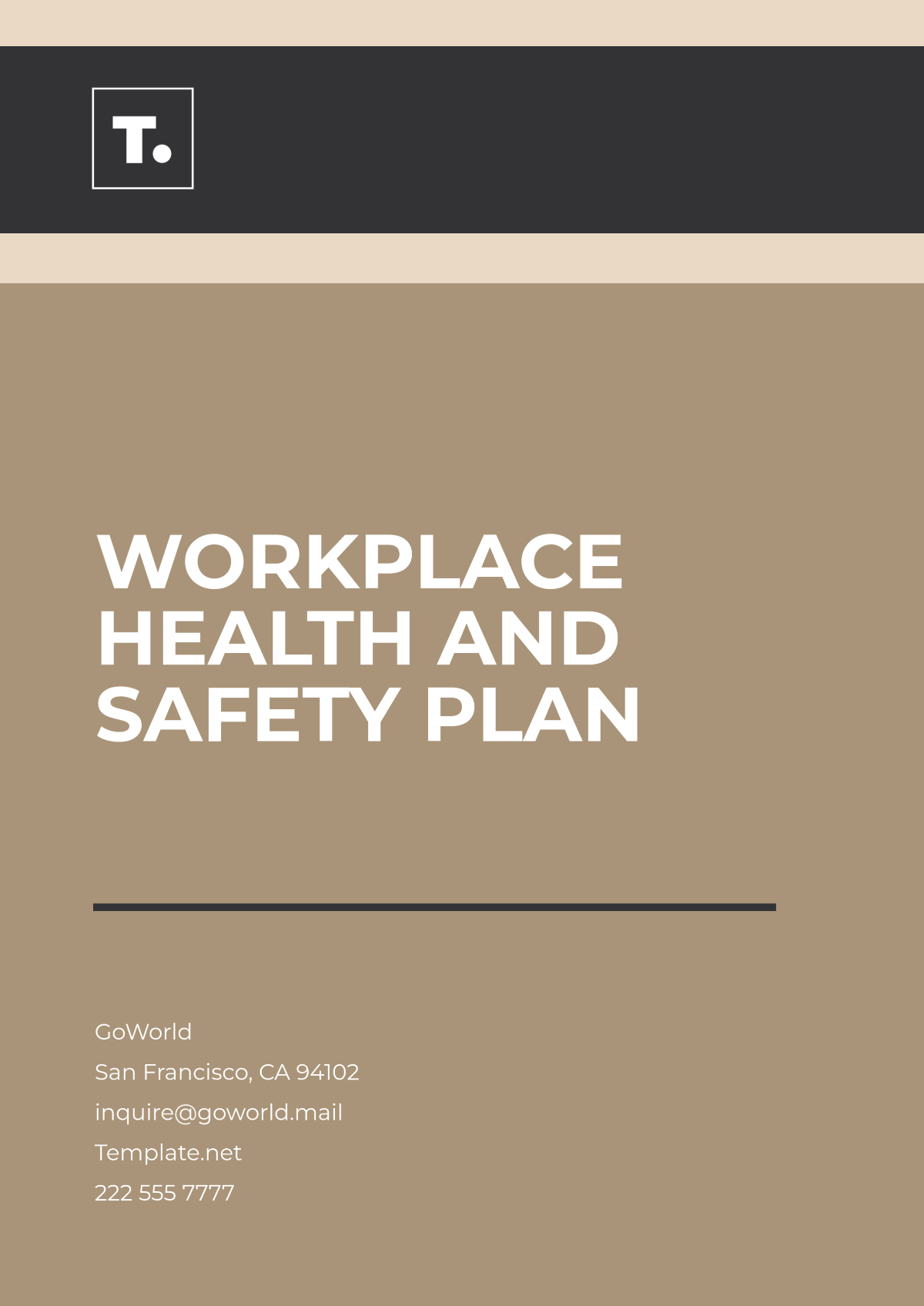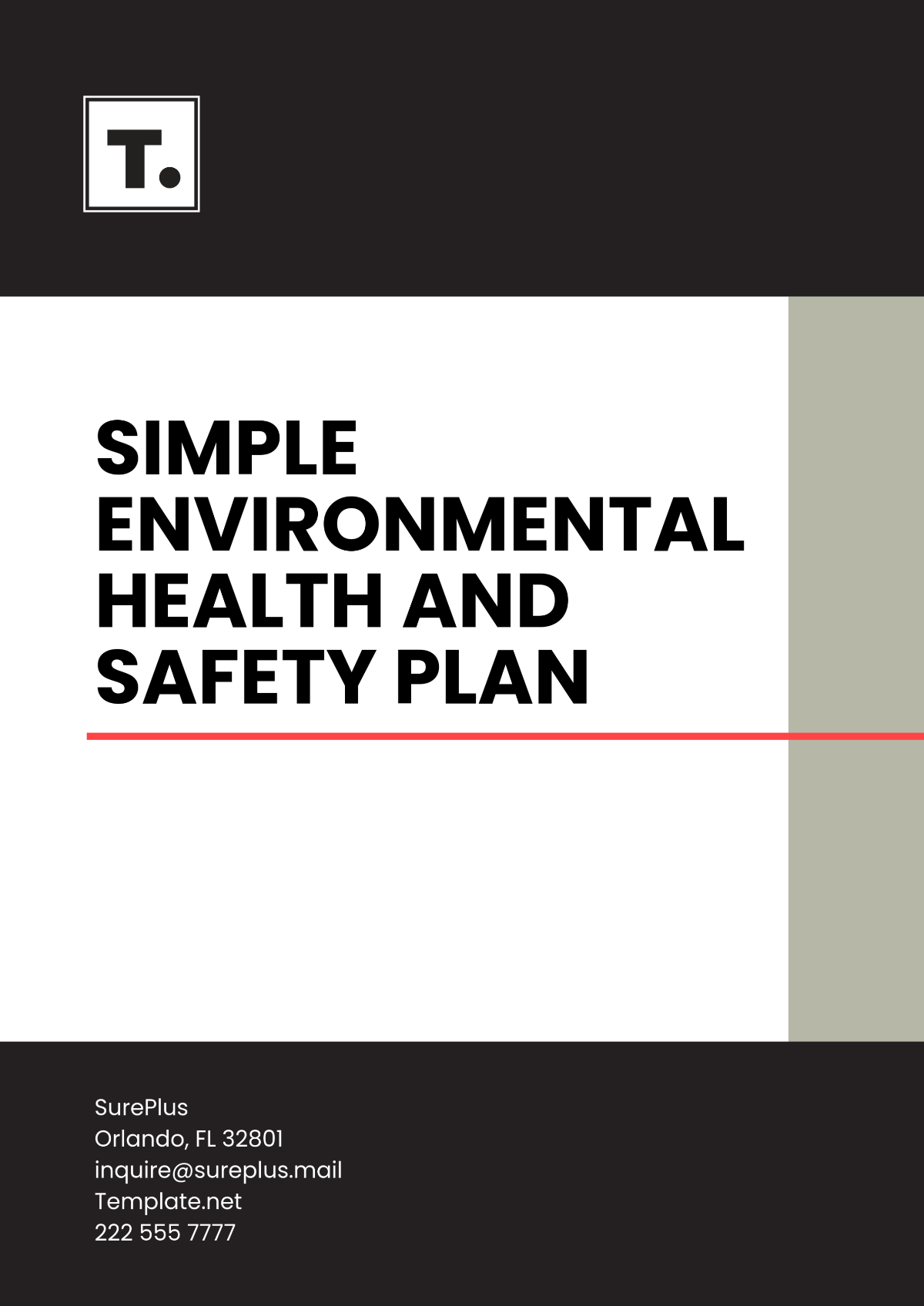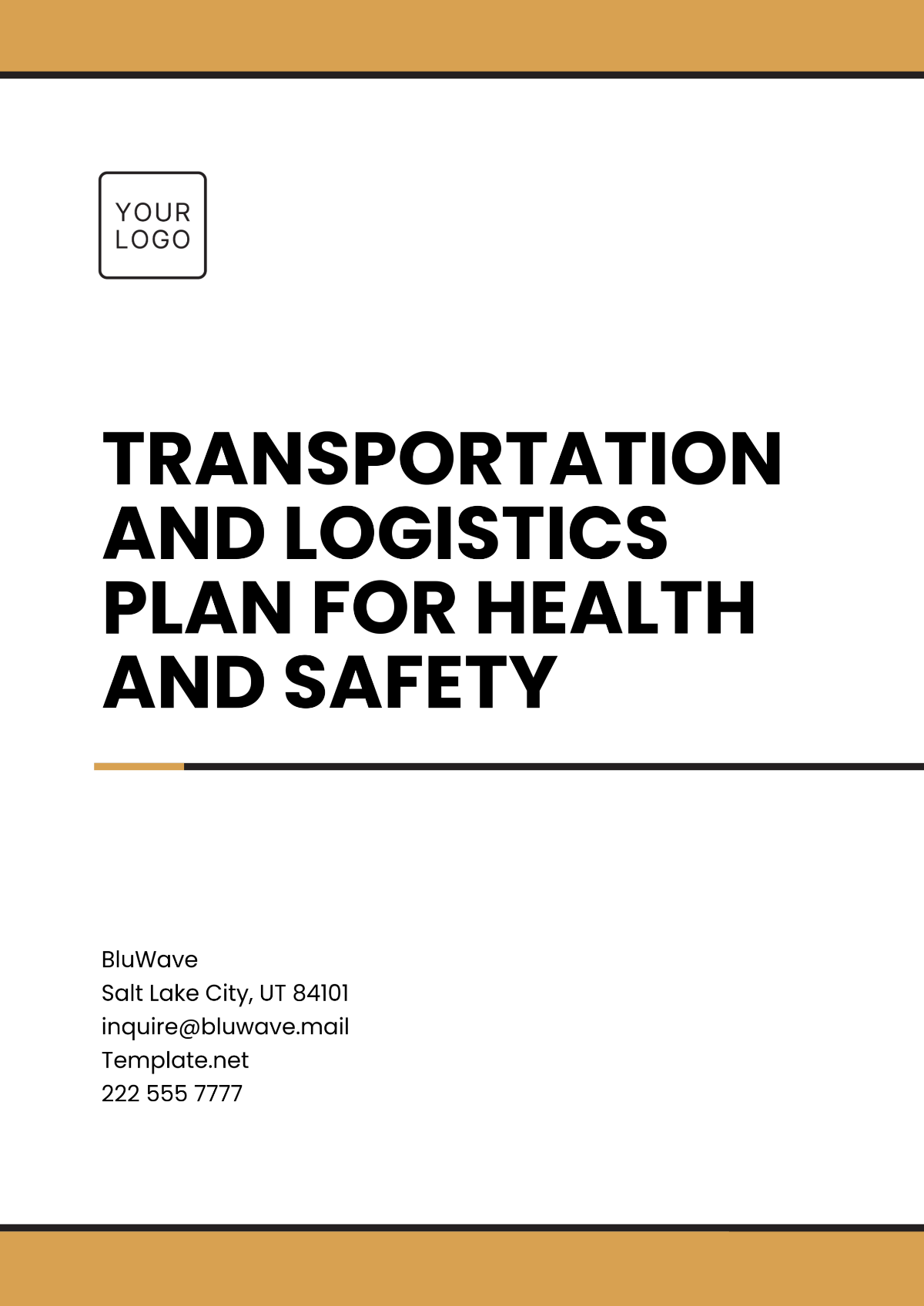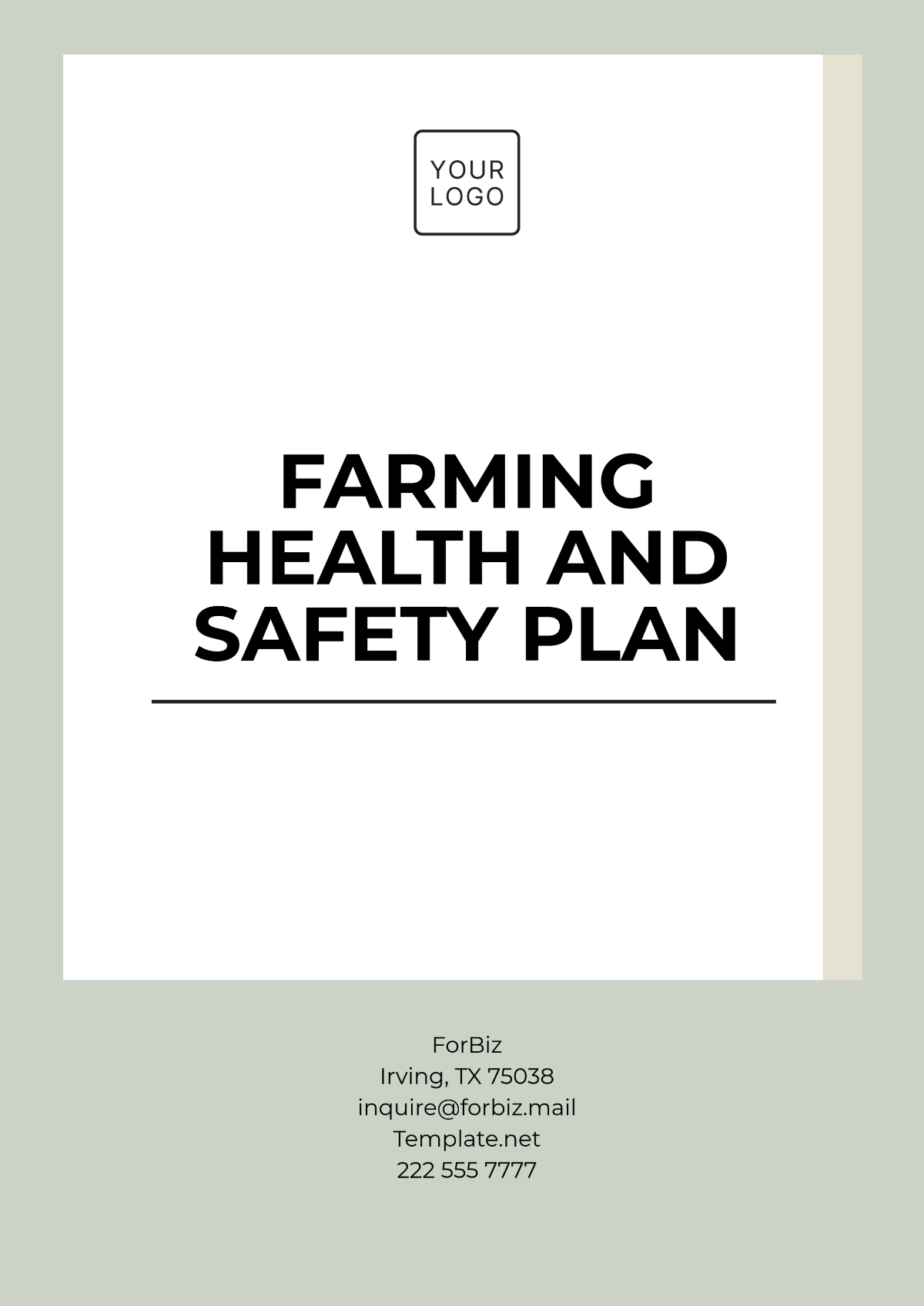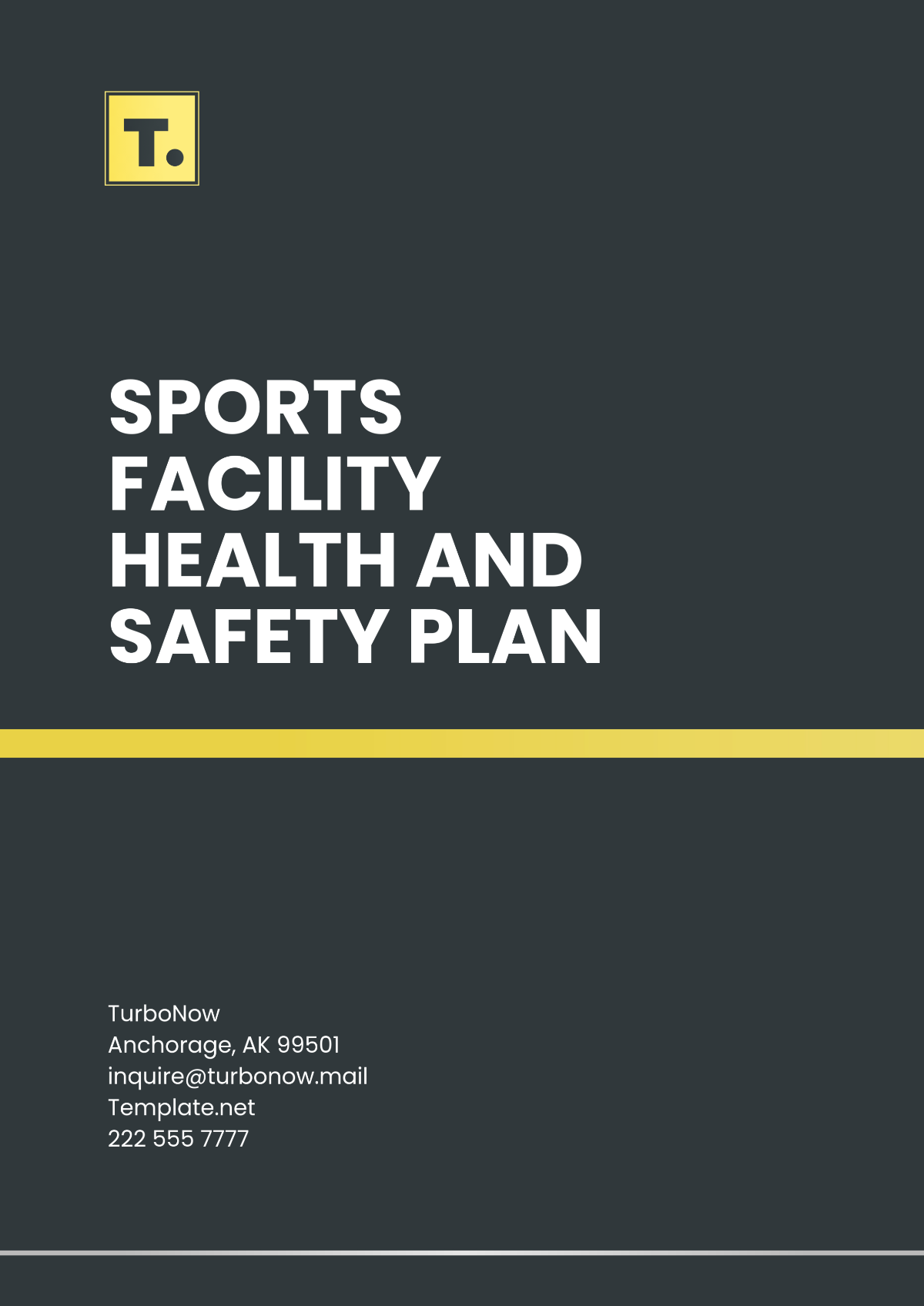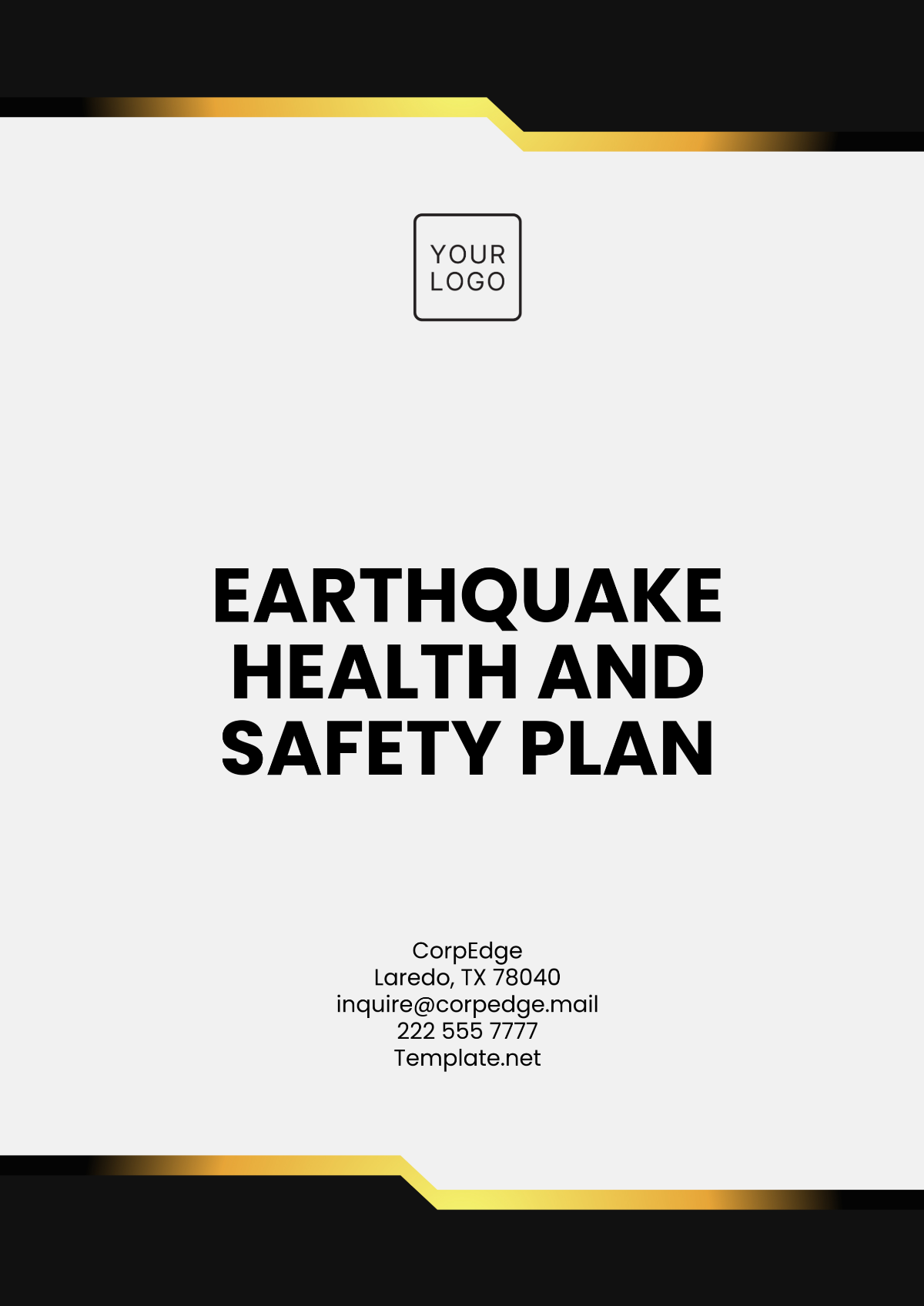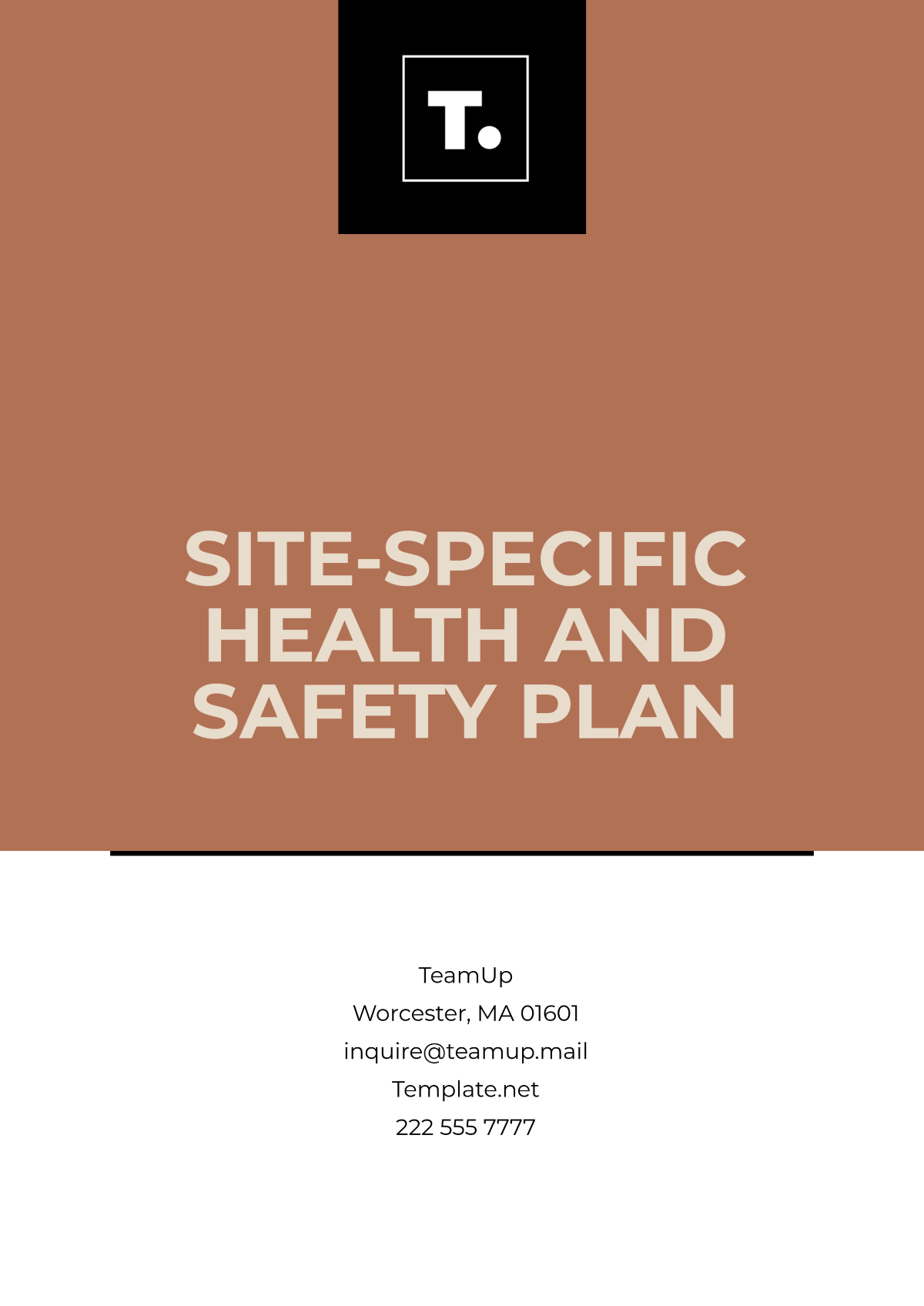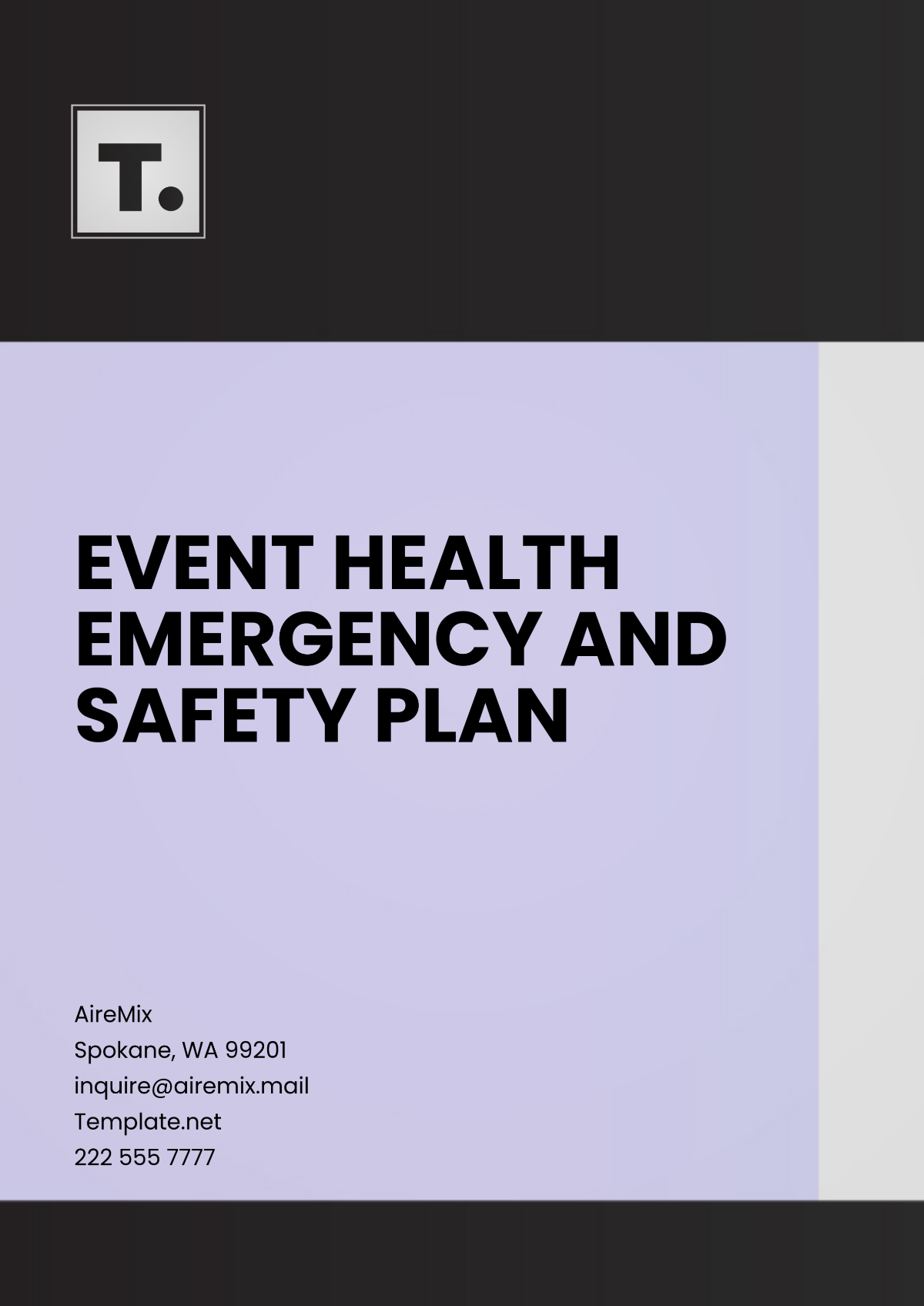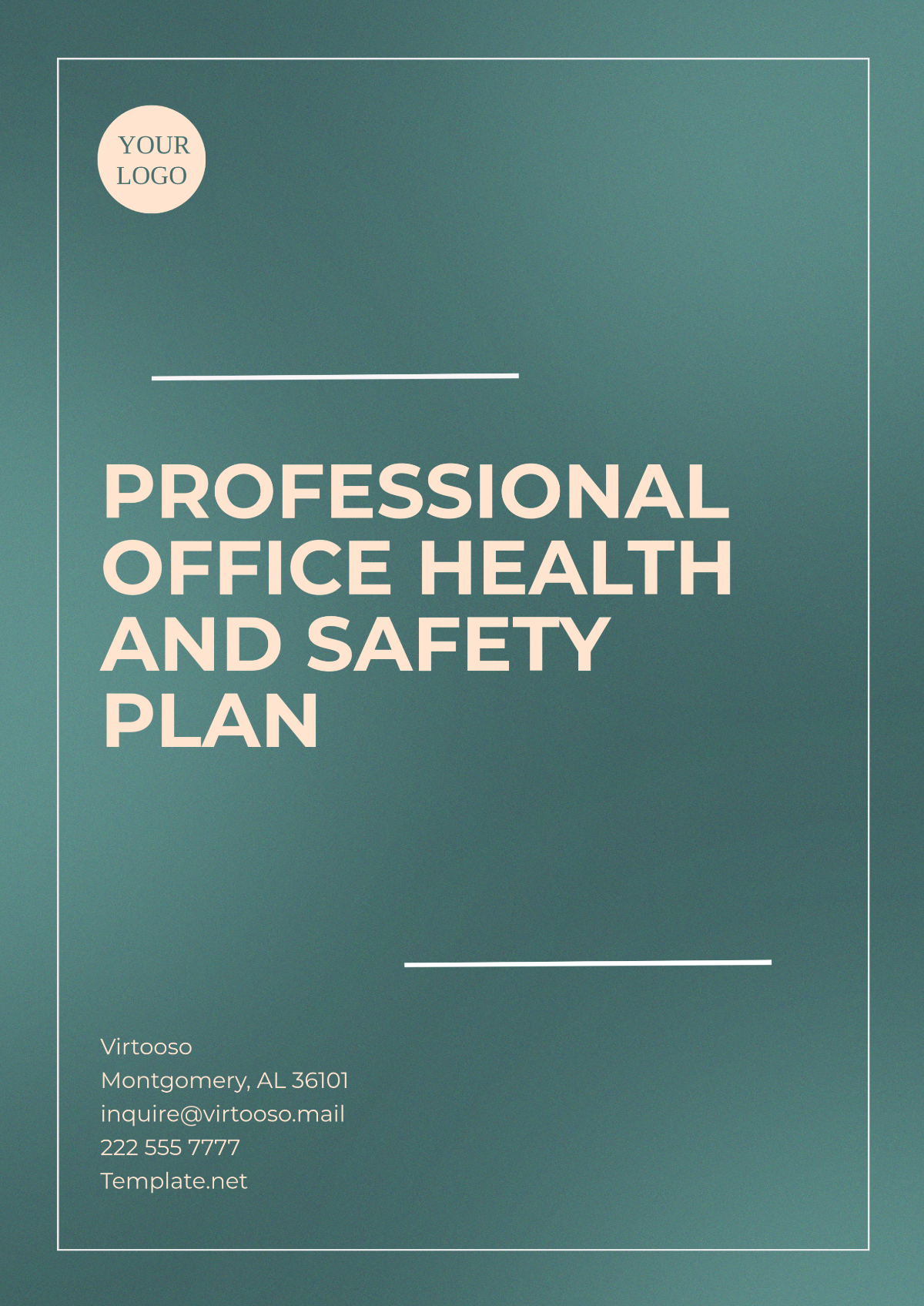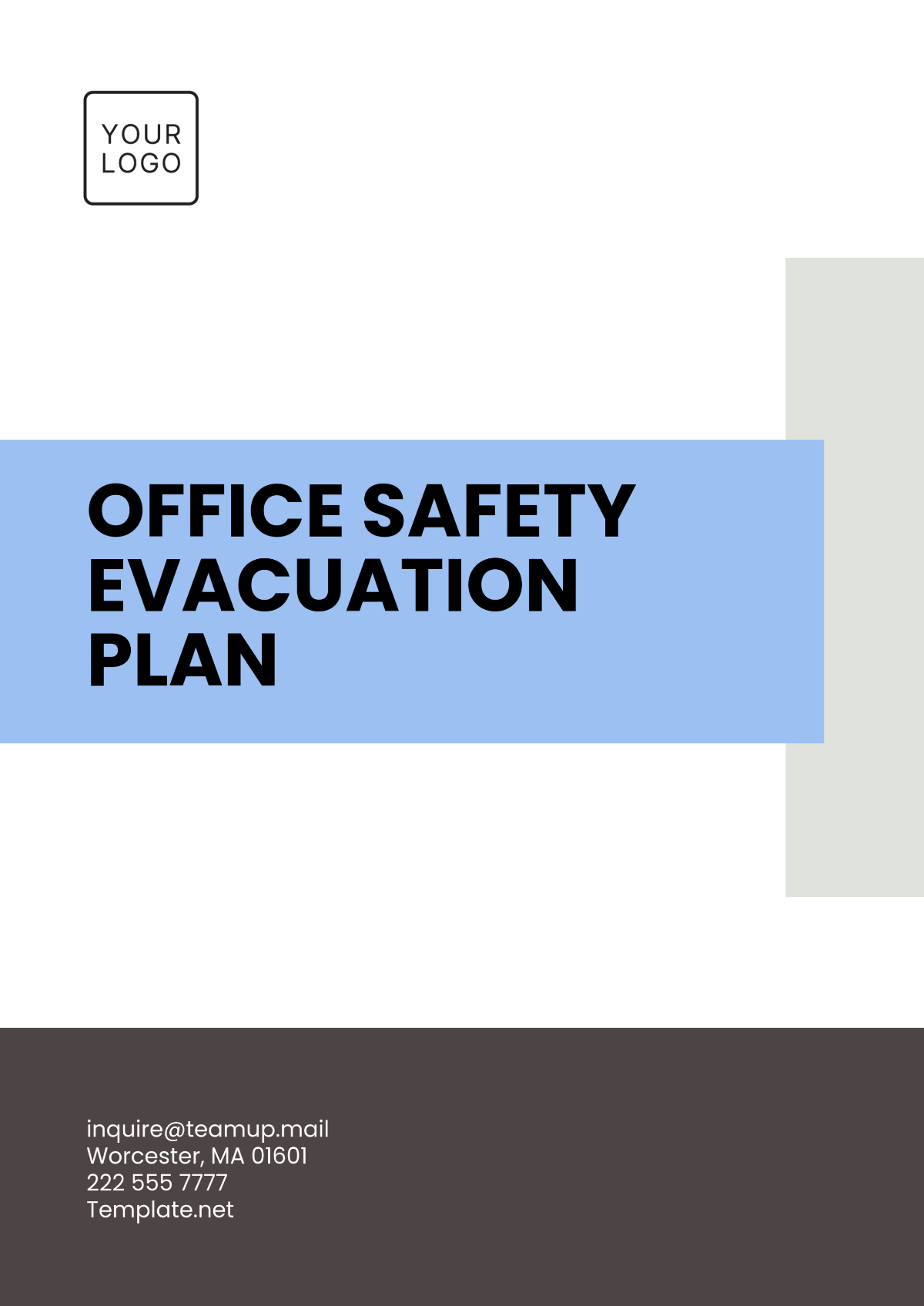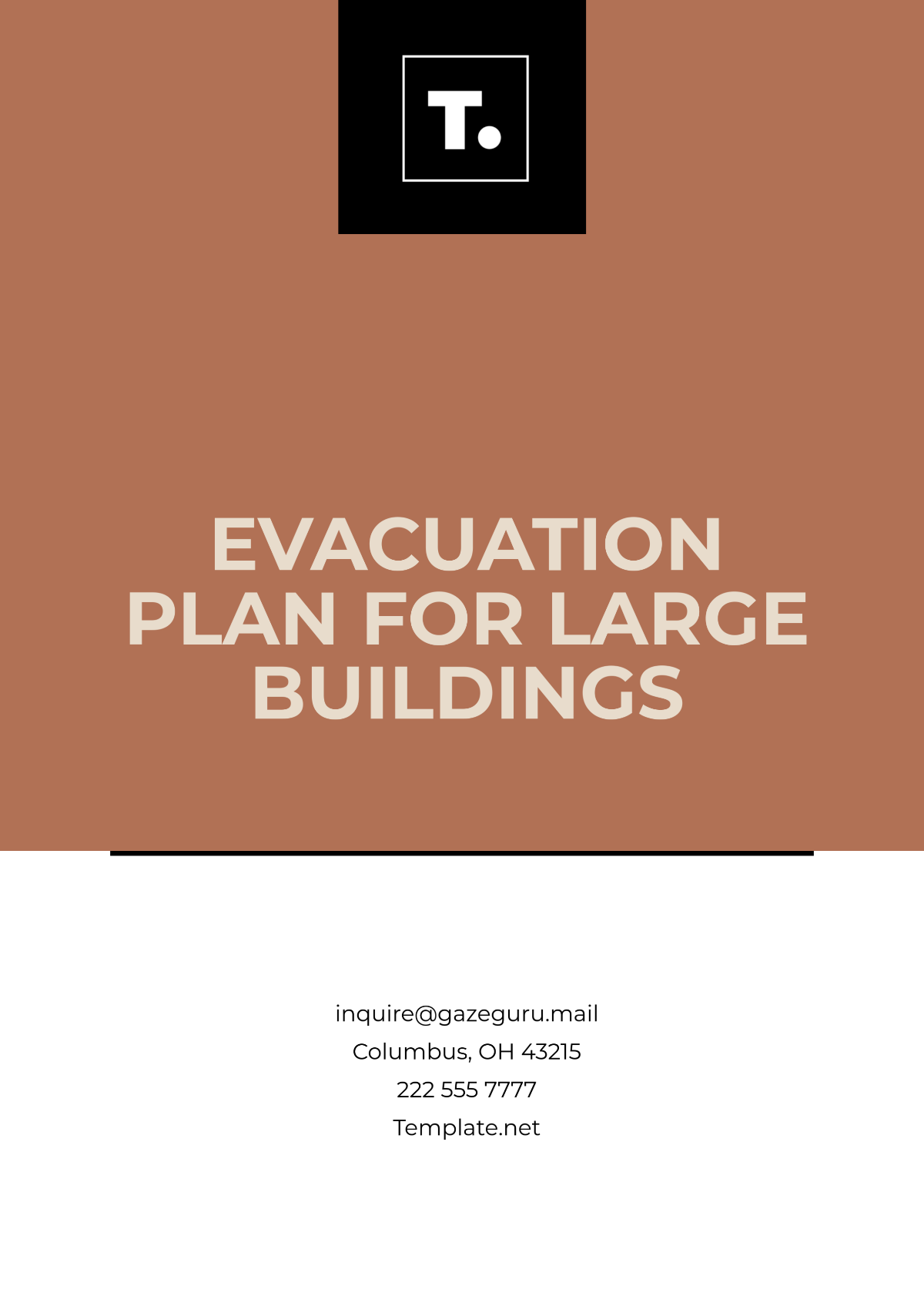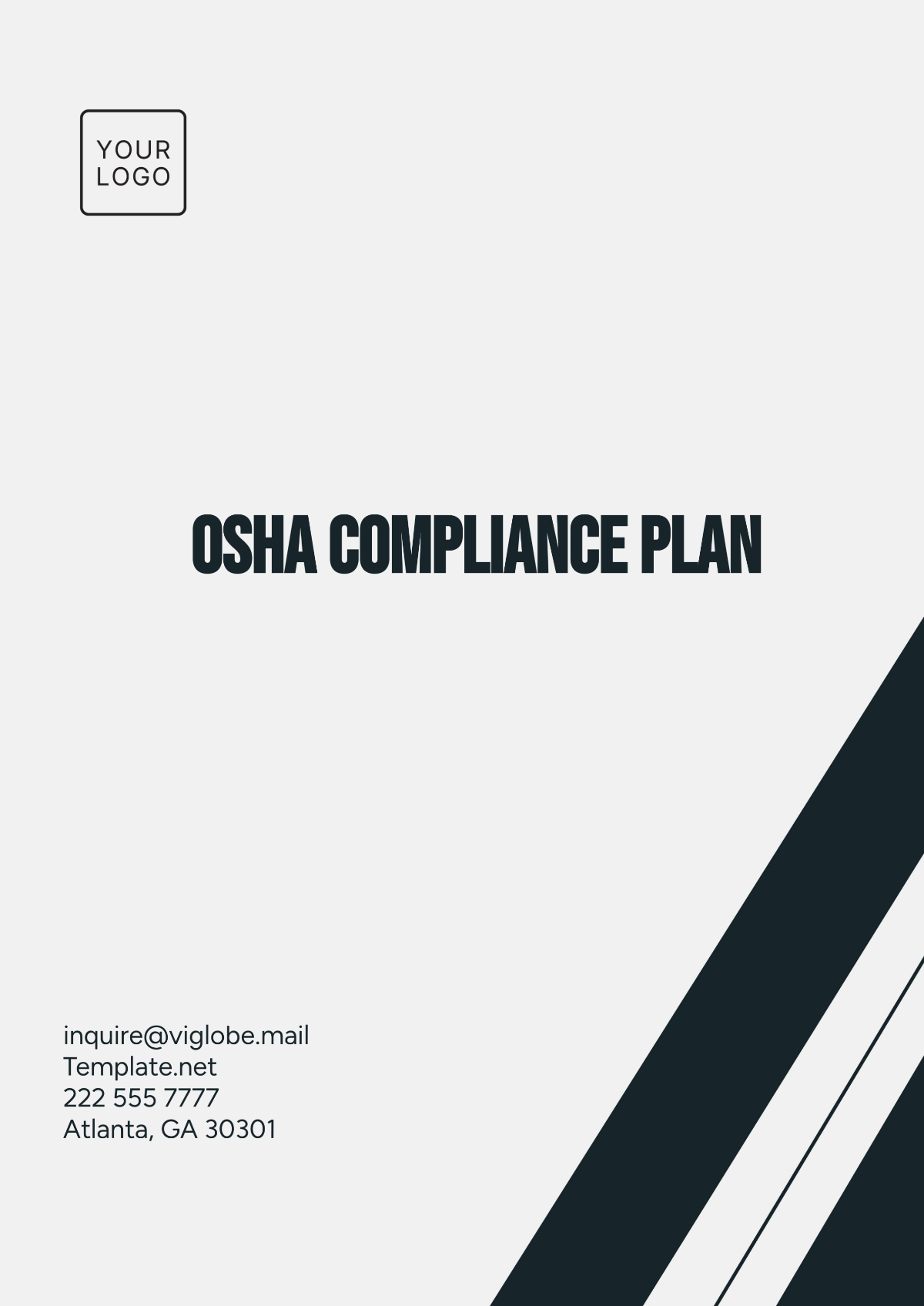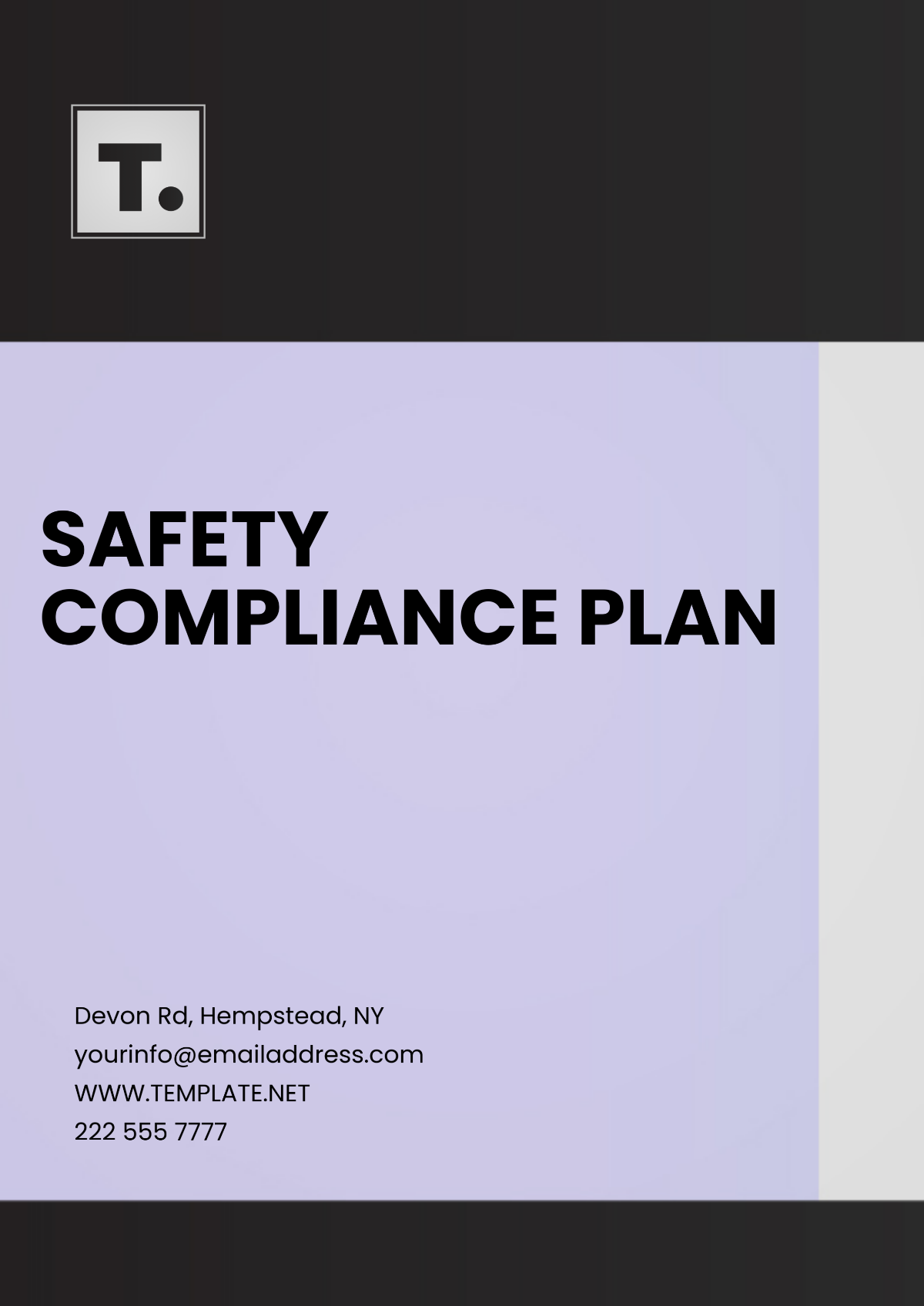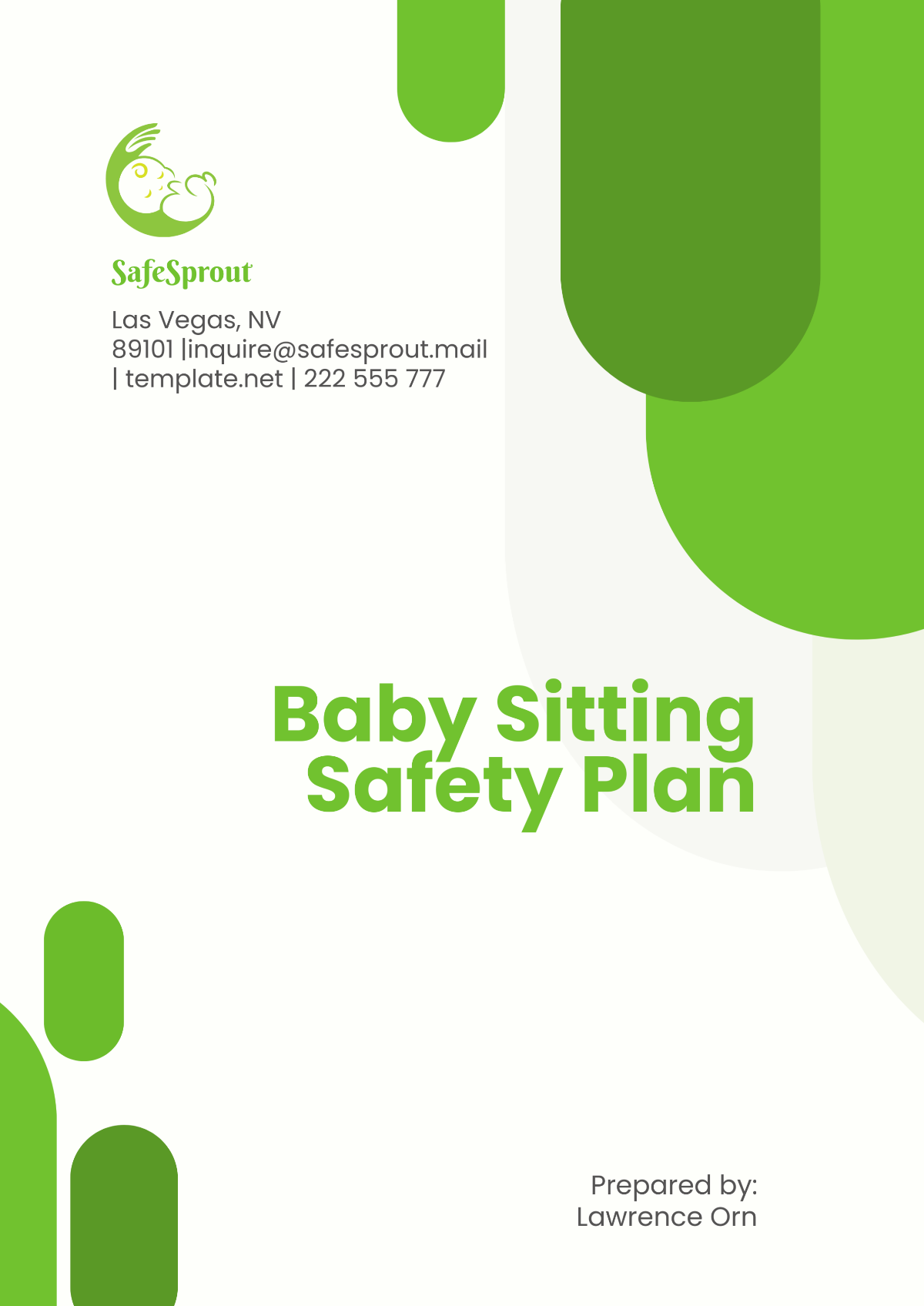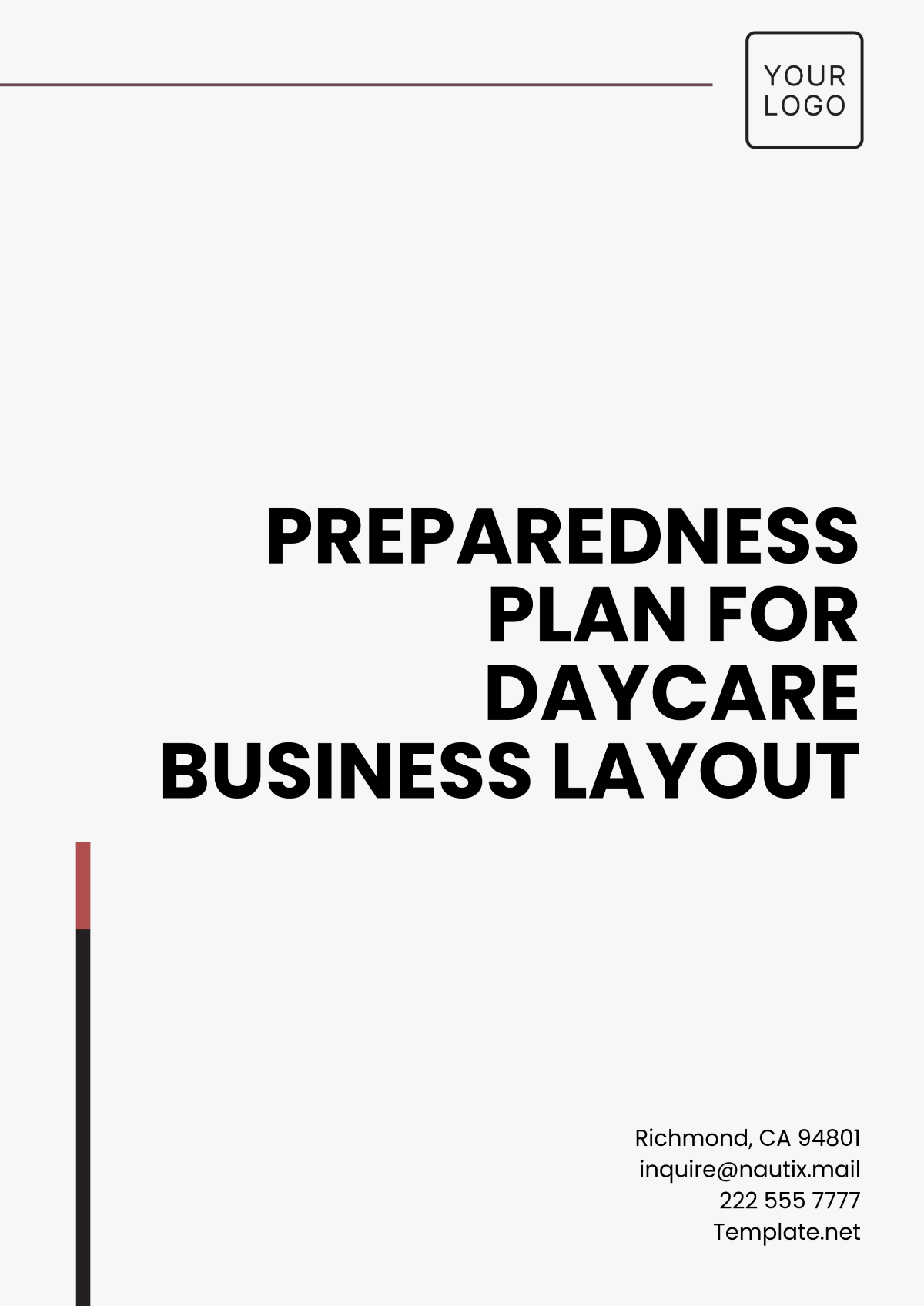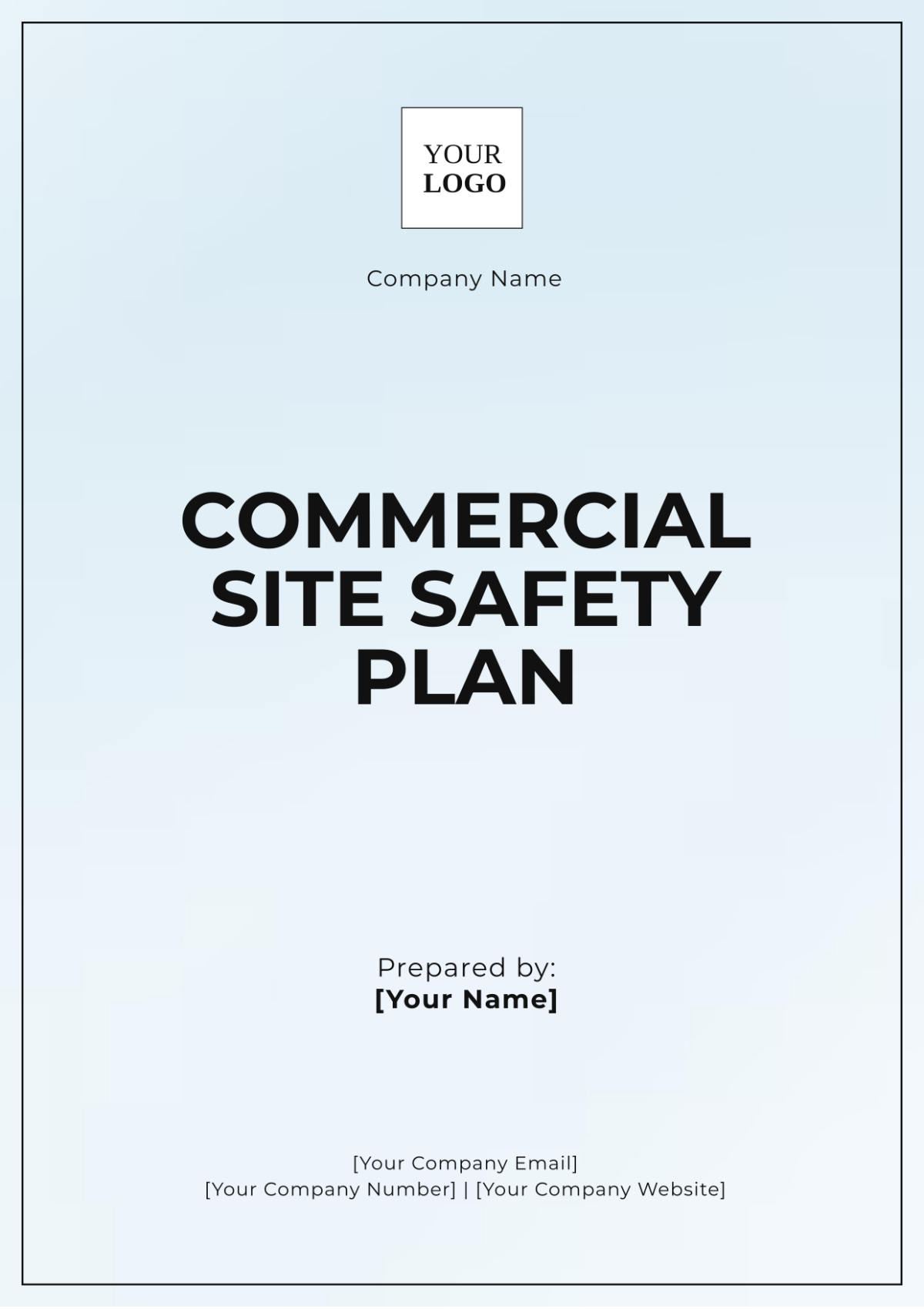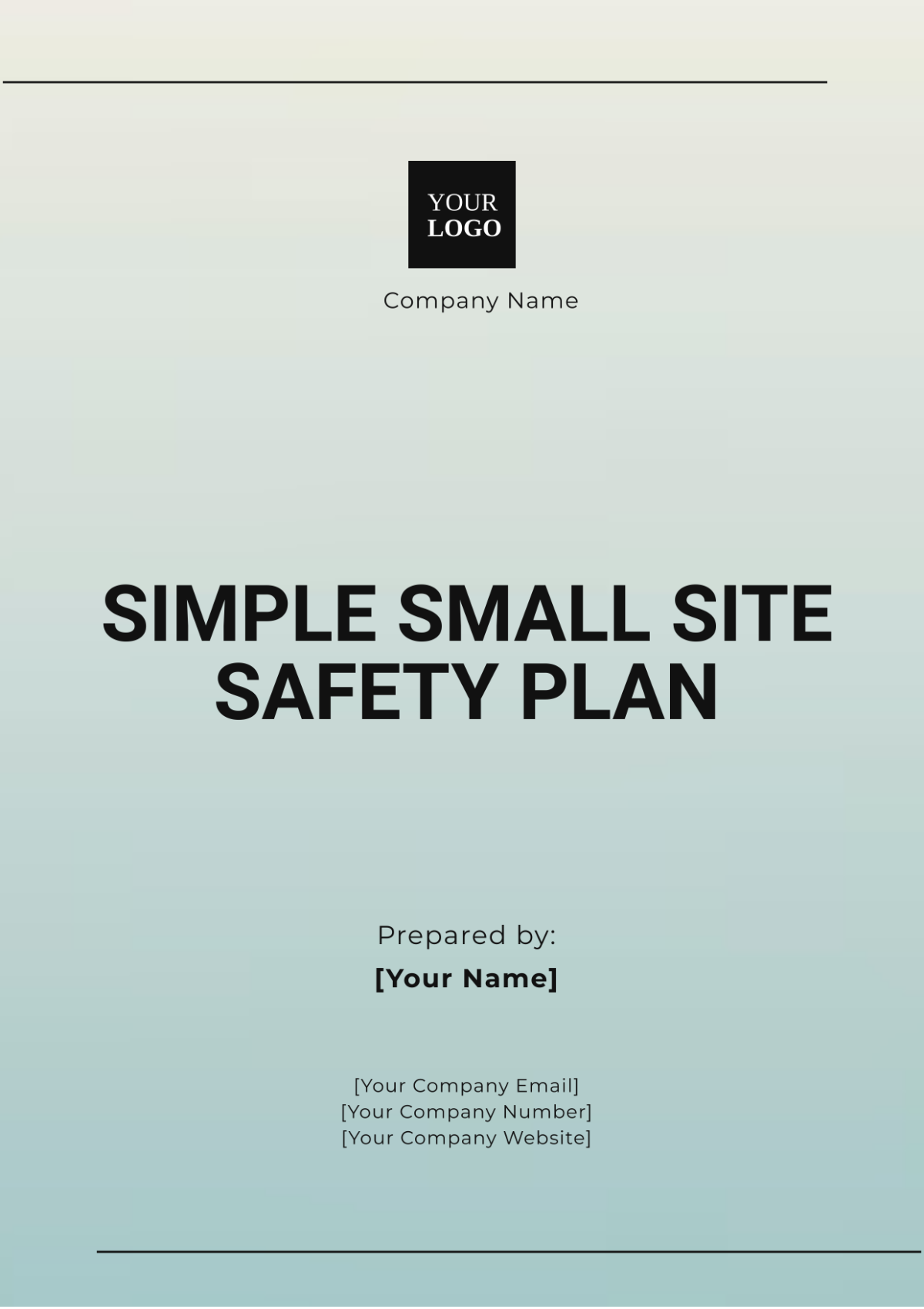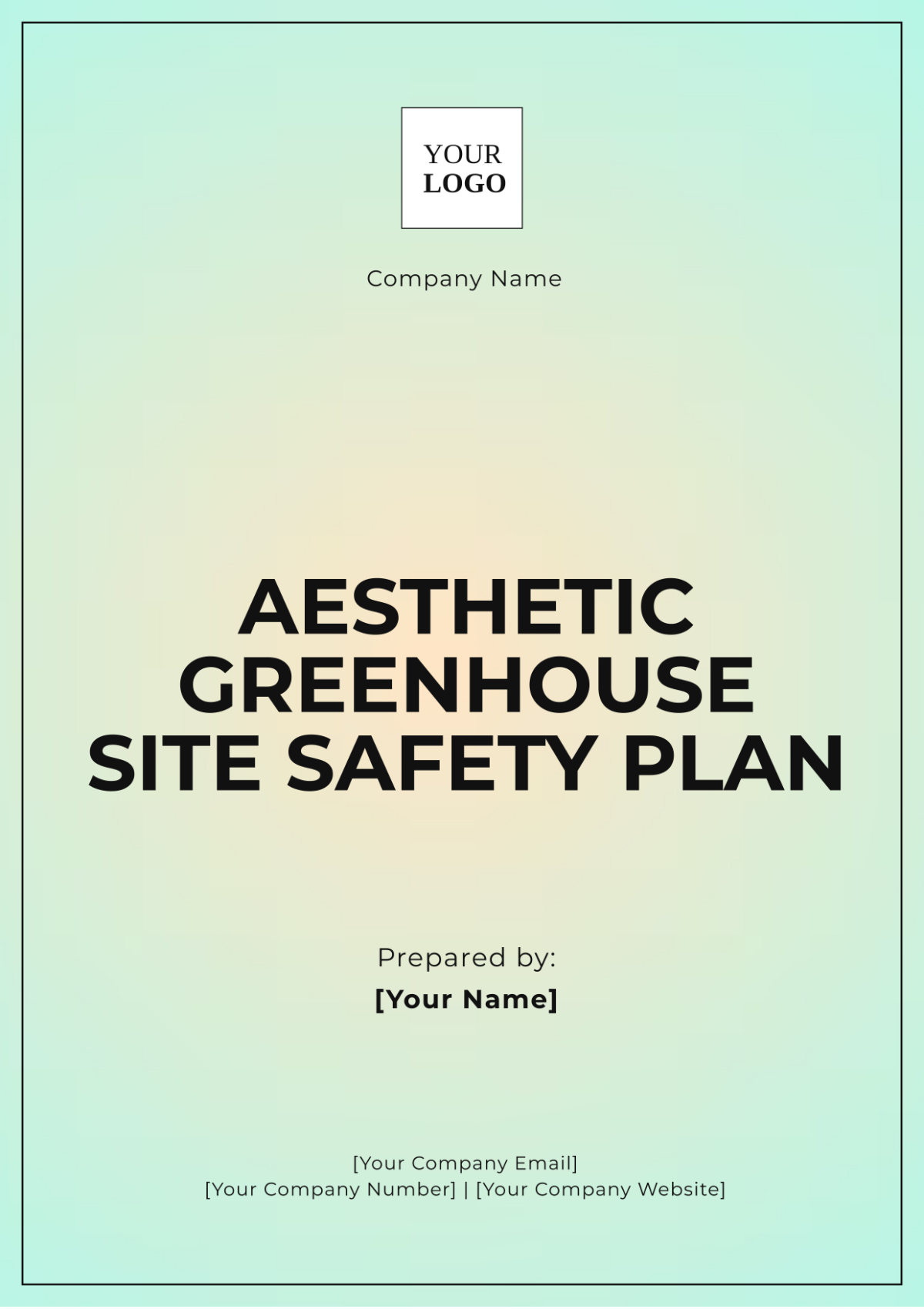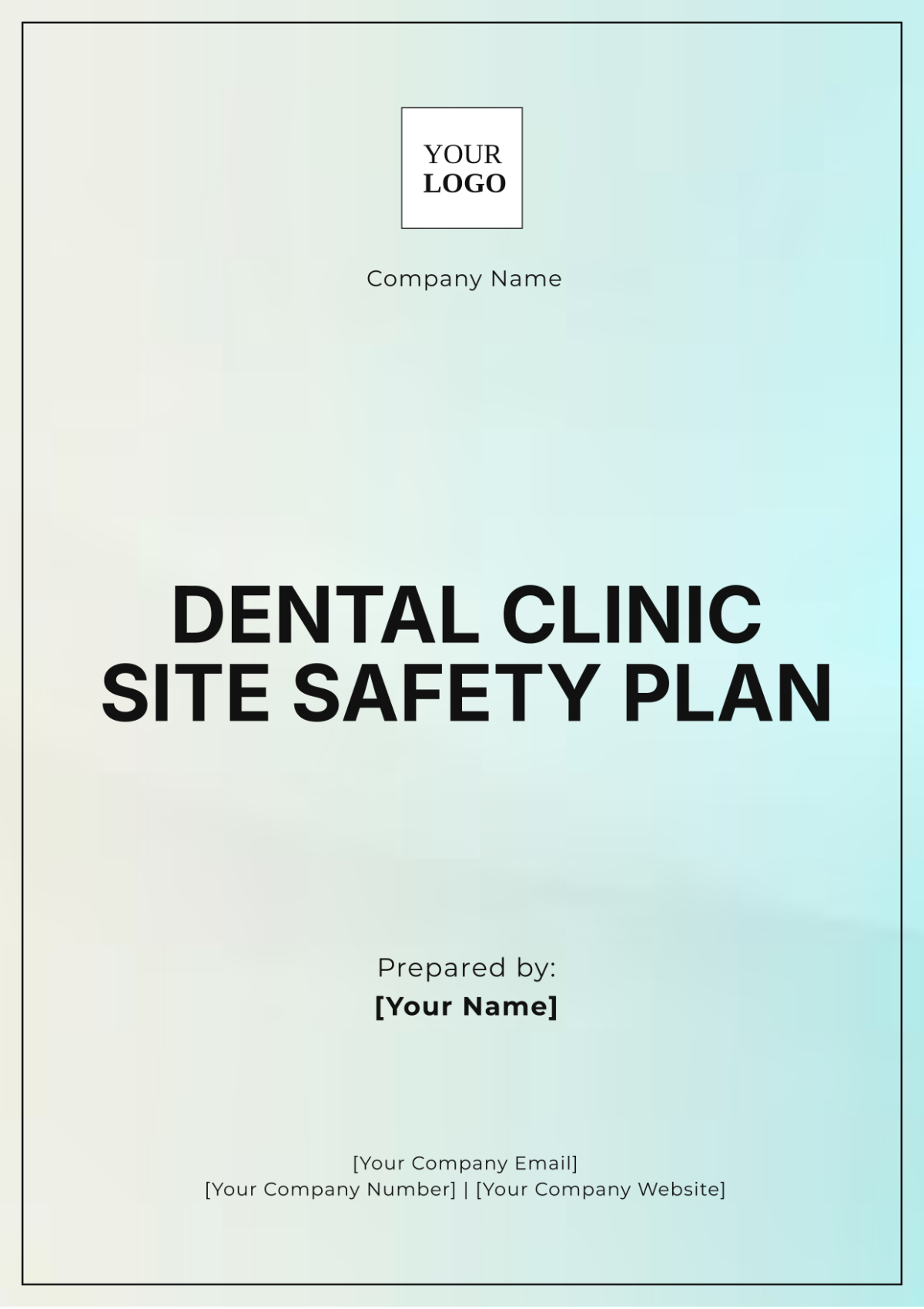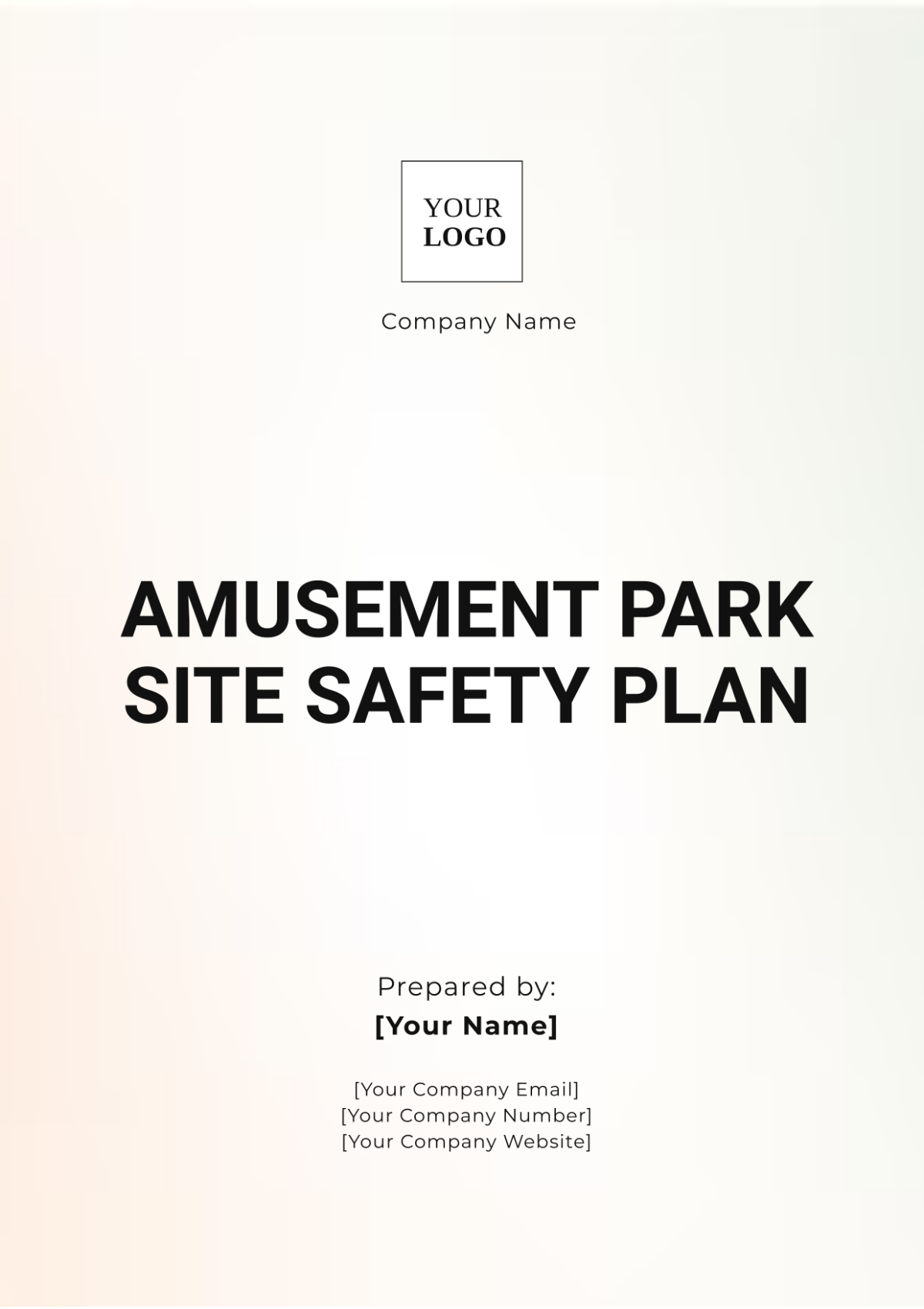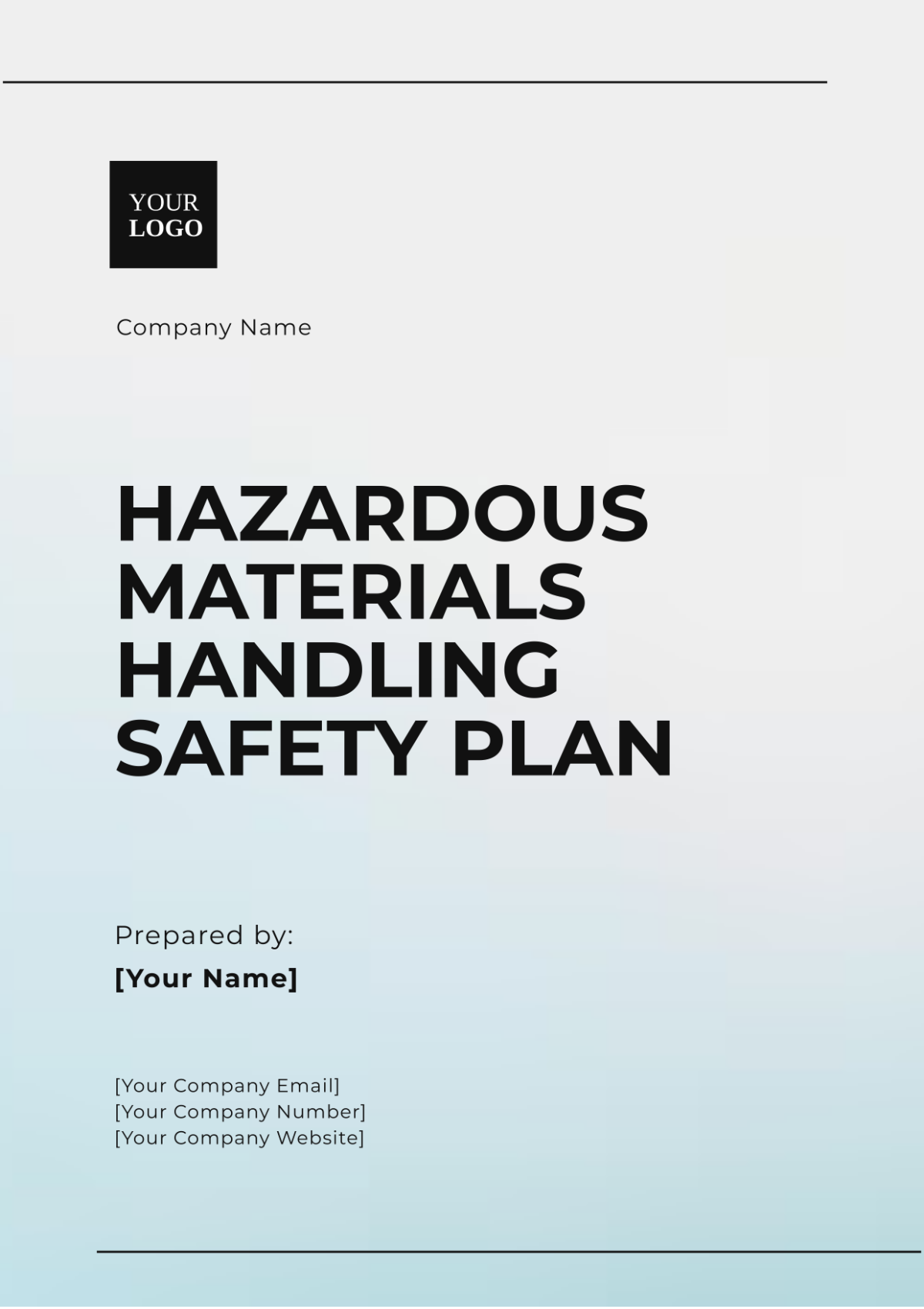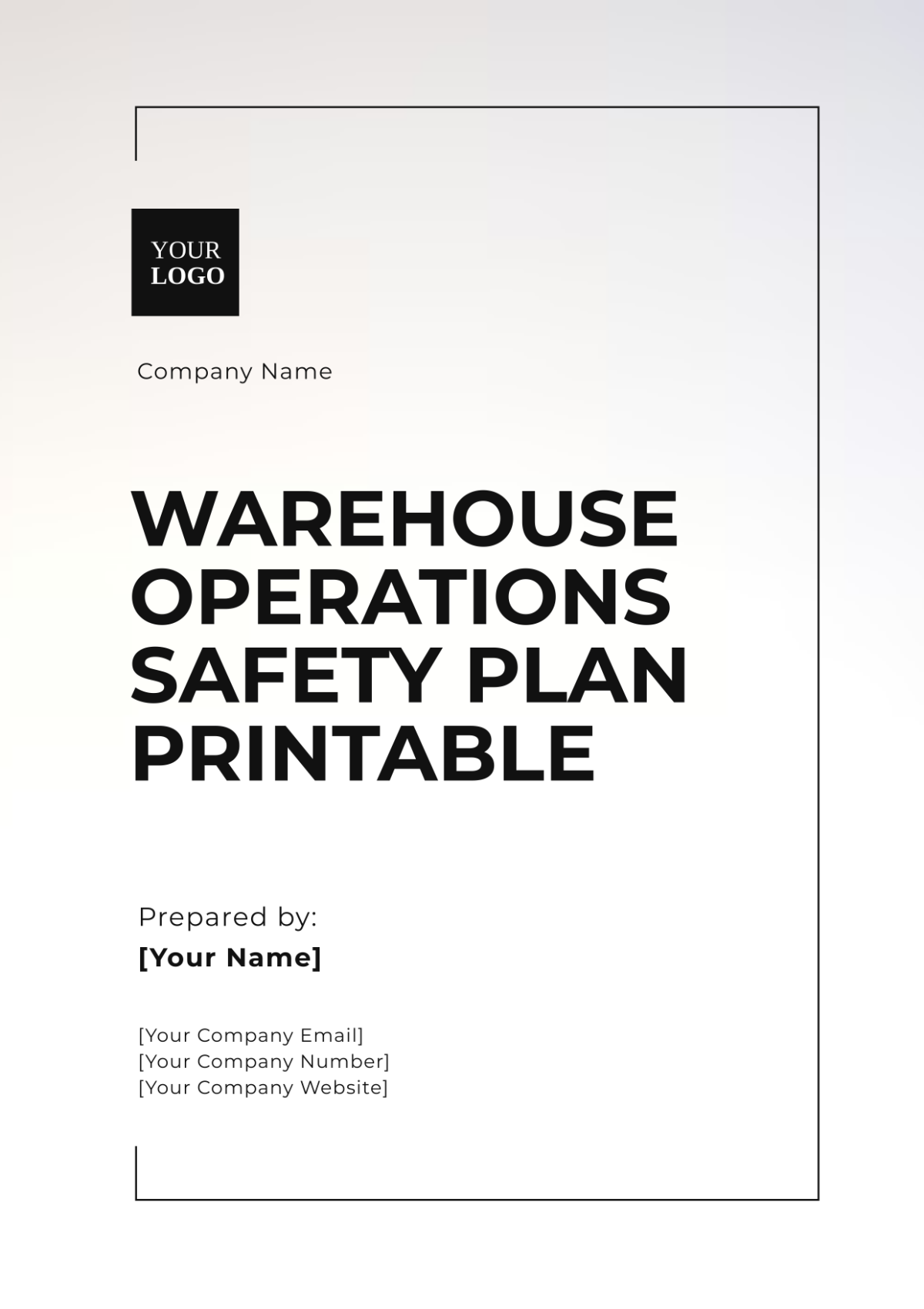I. Introduction
A. Purpose
The purpose of this Architecture Safety Plan is to establish a comprehensive framework to ensure the safety of all personnel involved in the architectural projects undertaken by [Your Company Name]. This plan aims to identify potential hazards, implement safety measures, and outline procedures for emergency situations to mitigate risks effectively. By defining clear safety protocols and responsibilities, we strive to create a safe and secure environment that minimizes the risk of accidents and injuries. Our goal is to promote a culture of safety where every individual is aware of their role in maintaining a safe workplace.
B. Scope
This plan applies to all phases of architectural projects, including planning, design, construction, and post-construction activities. It covers all employees, contractors, and visitors on site. The scope encompasses various aspects such as hazard identification, risk assessment, safety training, emergency preparedness, and incident reporting. By addressing each phase comprehensively, we ensure that safety considerations are integrated into every stage of the project lifecycle, from initial planning to final completion and beyond.
C. Objectives
To provide a safe working environment: We aim to create an environment where all personnel can perform their duties without the risk of injury or harm. This involves proactive identification and mitigation of hazards.
To comply with all relevant safety regulations and standards: Ensuring compliance with local, state, and federal regulations is paramount. We commit to adhering to industry standards and best practices.
To reduce the incidence of accidents and injuries: Through continuous monitoring and improvement of our safety practices, we strive to minimize the occurrence of workplace accidents.
To promote safety awareness among all stakeholders: By educating and engaging employees, contractors, and visitors, we foster a culture of safety where everyone takes responsibility for their own safety and that of others.
II. Safety Responsibilities
A. Management Responsibilities
Safety Policy Implementation: Ensure that the safety policy is communicated and enforced at all levels. Management must lead by example, demonstrating a commitment to safety in all actions and decisions.
Resource Allocation: Provide necessary resources for safety training and equipment. This includes financial investments in safety gear and tools, as well as time allocated for training sessions.
Regular Audits: Conduct regular safety audits to ensure compliance with safety standards. These audits help identify potential gaps in safety practices and provide opportunities for corrective action.
B. Employee Responsibilities
Adherence to Safety Protocols: Follow all safety guidelines and protocols. Employees must understand and adhere to safety procedures to prevent accidents and injuries.
Use of Personal Protective Equipment (PPE): Wear appropriate PPE at all times. This includes hard hats, safety glasses, gloves, and other necessary equipment.
Reporting Hazards: Report any safety hazards or incidents immediately to the management. Prompt reporting allows for quick action to address and mitigate risks.
C. Safety Officer Responsibilities
Training Programs: Develop and conduct safety training programs for all personnel. The Safety Officer must ensure that training is relevant, comprehensive, and updated regularly.
Incident Investigation: Investigate all accidents and near-misses to identify root causes and prevent recurrence. Thorough investigations help in understanding underlying issues and implementing effective solutions.
Safety Inspections: Perform regular safety inspections and ensure corrective actions are taken. These inspections are crucial for maintaining a safe working environment and addressing potential hazards before they cause harm.
III. Hazard Identification and Risk Assessment
A. Hazard Identification
Site Analysis: Conduct a thorough analysis of the site to identify potential hazards. This includes evaluating physical conditions, environmental factors, and any other elements that could pose risks.
Task Analysis: Review specific tasks to determine associated risks. Each task is assessed for potential hazards, ensuring that safety measures are tailored to the activities performed.
B. Risk Assessment
Risk Evaluation: Assess the severity and likelihood of identified hazards. Risks are categorized based on their potential impact and probability, allowing for prioritization of safety measures.
Risk Mitigation: Develop strategies to eliminate or control risks. This involves implementing engineering controls, administrative controls, and personal protective equipment to manage identified hazards effectively.
Table 1: Risk Assessment Matrix
Risk Level | Description | Example Hazard | Control Measures |
|---|---|---|---|
Low | Minor injuries or discomfort | Tripping on cables | Proper cable management |
Medium | Injuries requiring medical attention | Falls from heights | Use of safety harnesses and guardrails |
High | Serious injuries or fatalities | Structural collapse | Regular structural integrity inspections |
IV. Safety Procedures
A. Personal Protective Equipment (PPE)
Types of PPE: Hard hats, safety glasses, gloves, high-visibility vests, and steel-toe boots. Each type of PPE is designed to protect against specific hazards, and proper usage is critical for effective protection.
PPE Usage: Ensure all personnel are trained in the proper use and maintenance of PPE. Training includes how to correctly wear, adjust, and care for PPE to ensure it provides the intended protection.
B. Emergency Procedures
Emergency Contacts: Maintain an updated list of emergency contacts. This list should be easily accessible and include contact details for key personnel and emergency services.
Evacuation Plan: Develop and communicate a clear evacuation plan with designated assembly points. The plan should include evacuation routes, roles and responsibilities during an evacuation, and procedures for accounting for all personnel.
First Aid: Ensure availability of first aid kits and trained personnel on site. First aid kits should be well-stocked and regularly inspected, and designated first aid responders should be trained to handle a variety of medical emergencies.
Table 2: Emergency Contact List
Name | Role | Phone Number |
|---|---|---|
John Smith | Safety Officer | 555-123-4567 |
Jane Doe | Project Manager | 555-987-6543 |
Local Hospital | Emergency Services | 555-111-2222 |
V. Safety Training
A. Training Programs
Induction Training: Provide comprehensive safety training for all new employees and contractors. This training covers company safety policies, specific site hazards, and emergency procedures.
Refresher Training: Conduct periodic refresher courses to ensure ongoing compliance and awareness. Refresher training helps reinforce safety knowledge and updates personnel on any changes in procedures or regulations.
B. Training Records
Documentation: Maintain detailed records of all training sessions, including attendees, dates, and topics covered. Accurate records are essential for tracking compliance and identifying areas for improvement.
Table 3: Training Schedule
Training Type | Frequency | Participants |
|---|---|---|
Induction | On employment | New employees/contractors |
Fire Safety | Annually | All personnel |
Equipment Handling | Quarterly | Relevant personnel |
VI. Incident Reporting and Investigation
A. Reporting Procedures
Immediate Reporting: All incidents must be reported immediately to the Safety Officer. Timely reporting ensures that necessary actions can be taken promptly to address the situation.
Incident Report Form: Complete an incident report form detailing the nature of the incident. The form should capture all relevant information, including the circumstances leading to the incident and any immediate actions taken.
B. Investigation Process
Root Cause Analysis: Conduct a thorough investigation to determine the root cause of the incident. Understanding the underlying factors that contributed to the incident is critical for preventing future occurrences.
Corrective Actions: Implement corrective actions to prevent future occurrences. This may involve changes to procedures, additional training, or modifications to equipment or the work environment.
Table 4: Incident Report Form
Incident Details | Description |
|---|---|
Date and Time: | [Date], [Time] |
Location: | |
Description: | |
Witnesses: | |
Immediate Actions: | |
Follow-up Actions: |
VII. Safety Audits and Inspections
A. Audit Schedule
Regular Audits: Conduct safety audits at regular intervals to ensure compliance. Regular audits help maintain high safety standards and identify areas for improvement.
Surprise Inspections: Perform unannounced inspections to identify any overlooked hazards. Surprise inspections ensure that safety practices are consistently followed, even when personnel are not expecting an audit.
B. Audit Documentation
Audit Reports: Document findings and recommendations in detailed audit reports. These reports should include observations, identified issues, and suggested corrective actions.
Action Plans: Develop action plans to address identified issues. Action plans should specify responsible parties, timelines for completion, and resources required to implement corrective measures.
Table 5: Audit Checklist
Audit Item | Compliant (Yes/No) | Comments |
|---|---|---|
PPE Usage | Yes | All personnel compliant |
Emergency Exits | No | Obstruction found, needs clearing |
First Aid Kits | Yes | Fully stocked and accessible |
VIII. Continuous Improvement
A. Feedback Mechanisms
Employee Feedback: Encourage employees to provide feedback on safety practices. Feedback can be collected through surveys, suggestion boxes, and safety meetings.
Safety Meetings: Hold regular safety meetings to discuss improvements and updates. These meetings provide a platform for open communication about safety concerns and initiatives.
B. Performance Metrics
Incident Rates: Monitor and analyze incident rates to measure safety performance. Tracking incident rates helps identify trends and areas requiring attention.
Audit Results: Use audit results to track and improve safety measures. Analyzing audit findings allows for continuous enhancement of safety practices.
Table 6: Safety Performance Metrics
Metric | Target Value | Actual Value |
|---|---|---|
Incident Rate | < 1 per 1000 hours | < 2 per 1000 hours |
Compliance Rate | 100% | 89% |
Training Completion Rate | 100% | 90% |
IX. Conclusion
A. Summary
The Architecture Safety Plan is a crucial document that outlines [Your Company Name]'s commitment to maintaining a safe working environment. By following the guidelines and procedures set forth in this plan, we aim to protect our employees, contractors, and visitors from potential hazards. The plan provides a comprehensive approach to safety, covering all aspects from hazard identification and risk assessment to training and continuous improvement.
B. Commitment to Safety
[Your Company Name] is dedicated to continuous improvement in safety standards and practices. We believe that a strong safety culture is essential to the success of our projects and the well-being of everyone involved. Our commitment extends to ensuring that all safety measures are regularly reviewed and updated to reflect the latest industry standards and best practices.
C. Review and Updates
This plan will be reviewed and updated annually or as required to reflect changes in regulations, project scope, or operational procedures. Regular reviews ensure that the plan remains relevant and effective in addressing new challenges and maintaining a high standard of safety.

